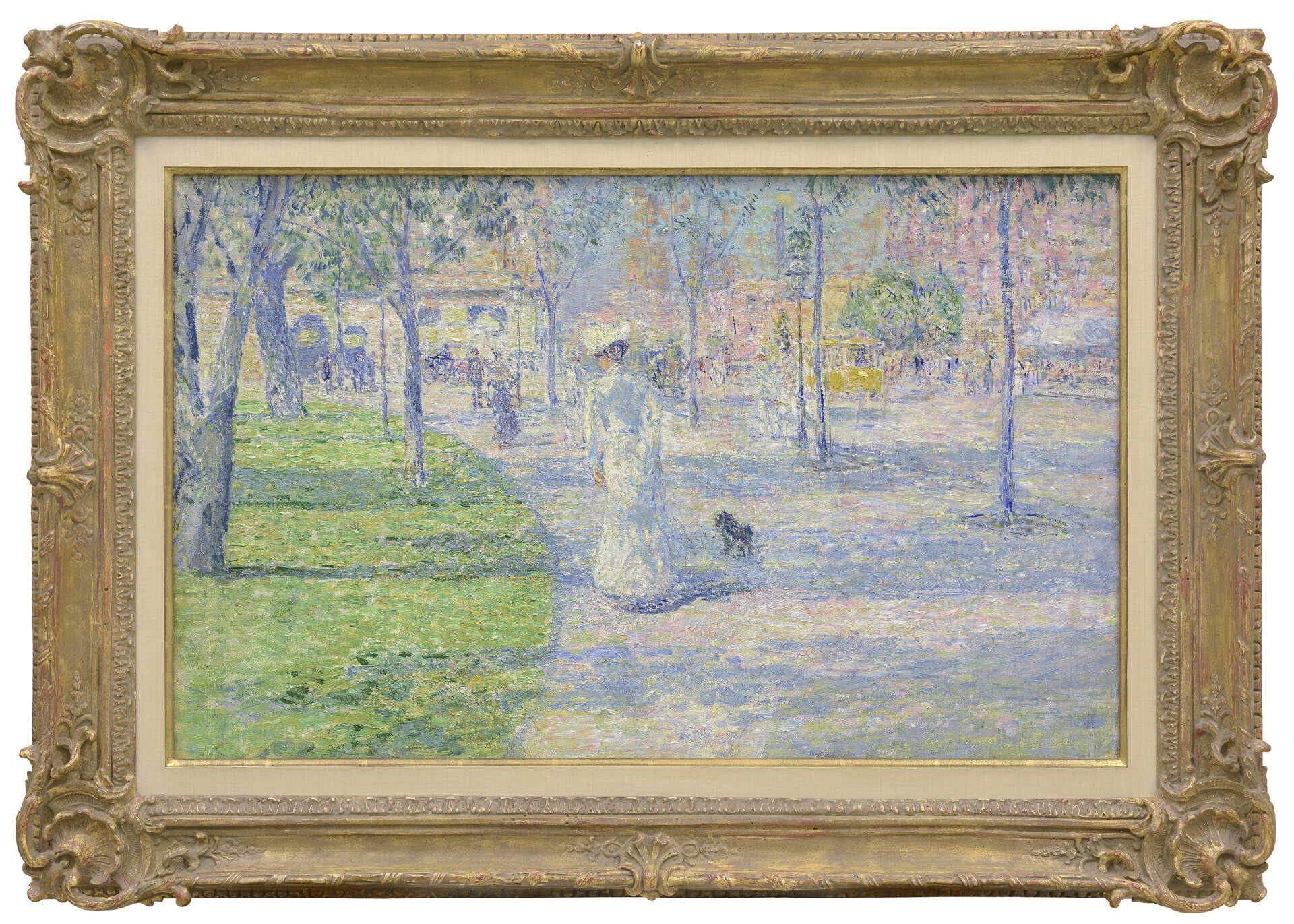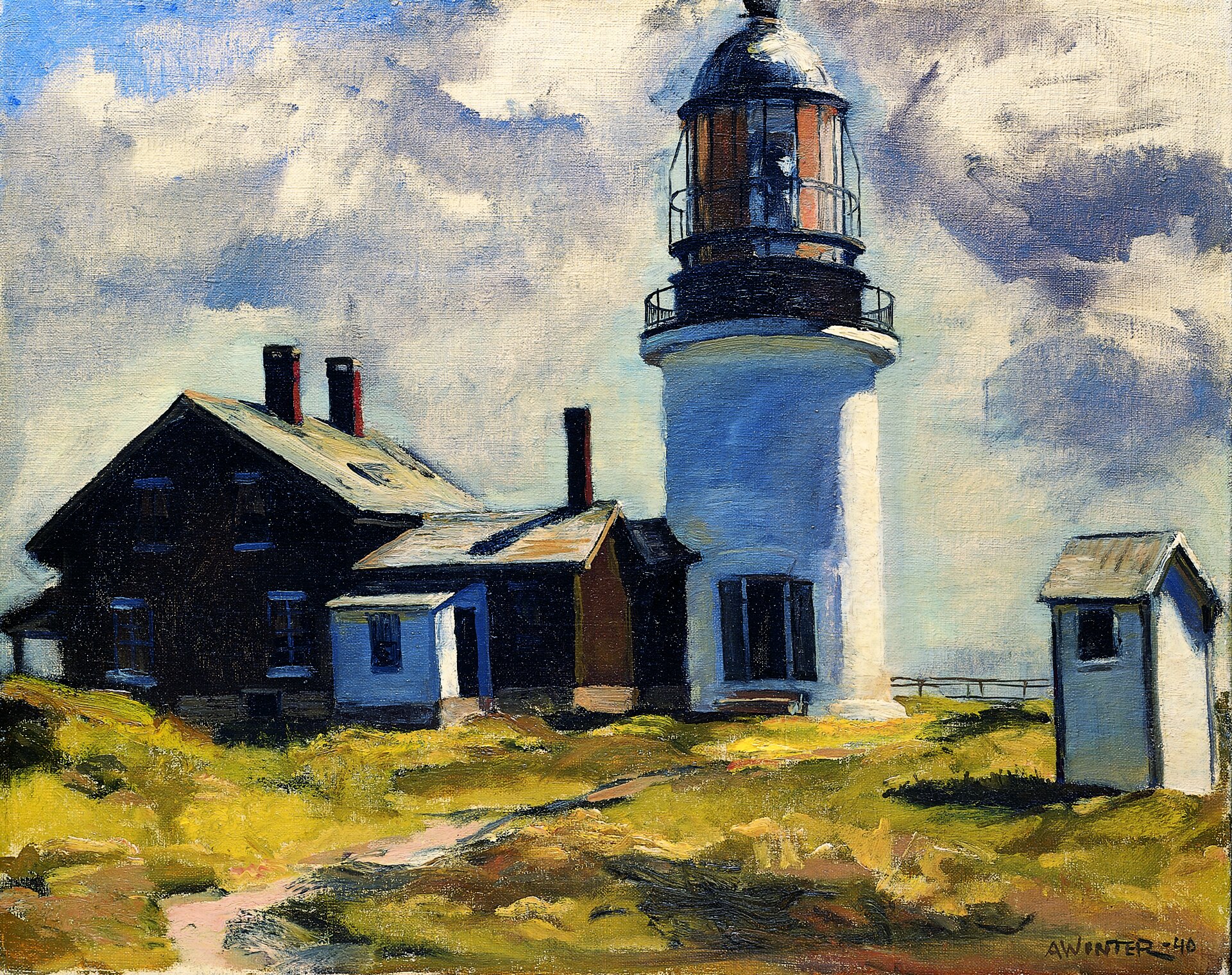GRADES 3-12
Lighthouse Unit
Insects + Arachnids Unit
Botany Unit
Bird Unit
Woods + Water Unit
Community Unit: Architecture + History
Stories students connect with local historians to learn the history of their town during an expeditionary field trip.
Community Unit: Architecture + History
Explore structures and places in your community to learn the history of where you live. Partner with local historians to find historic ruins, walk down central areas to observe and capture important places, and consider what is no longer visible. What structures could there be in the future?
This unit is inspired by the work of students, educators, museum educators, and teaching artists in the Stories of the Land and Its People program.
Curricular Connections:
History
Creative Writing
Historical Fiction
Documentation
Measurements
Scale
Vocabulary:
Composition
Subject
Vantage Point
Foreground / Middle-ground / Background
Line + Form
Contrast
Horizon Line
community Map: History + Architecture
Expedition + Create: Visit or research different important structures in your town. Sketch or take photographs of buildings or places that are important to the history of your community.
Curricular Connections: Interview people, connect with local historians, and research the time period in which the buildings were built. Consider how they are being used today and how things have changed over time.
Create + Curricular Connections: Use your own photos or reference photos to create scaled drawings of your place.
Create: Create a 3-dimensional mural! Examine old and new maps to inspire your layout. Build structures out of recycled materials such as old cardboard boxes.
Exhibition: Share your research on exhibition labels or create your own book.
Reflect: How might your community look differently in the future? What new structures could you imagine? Create your own!
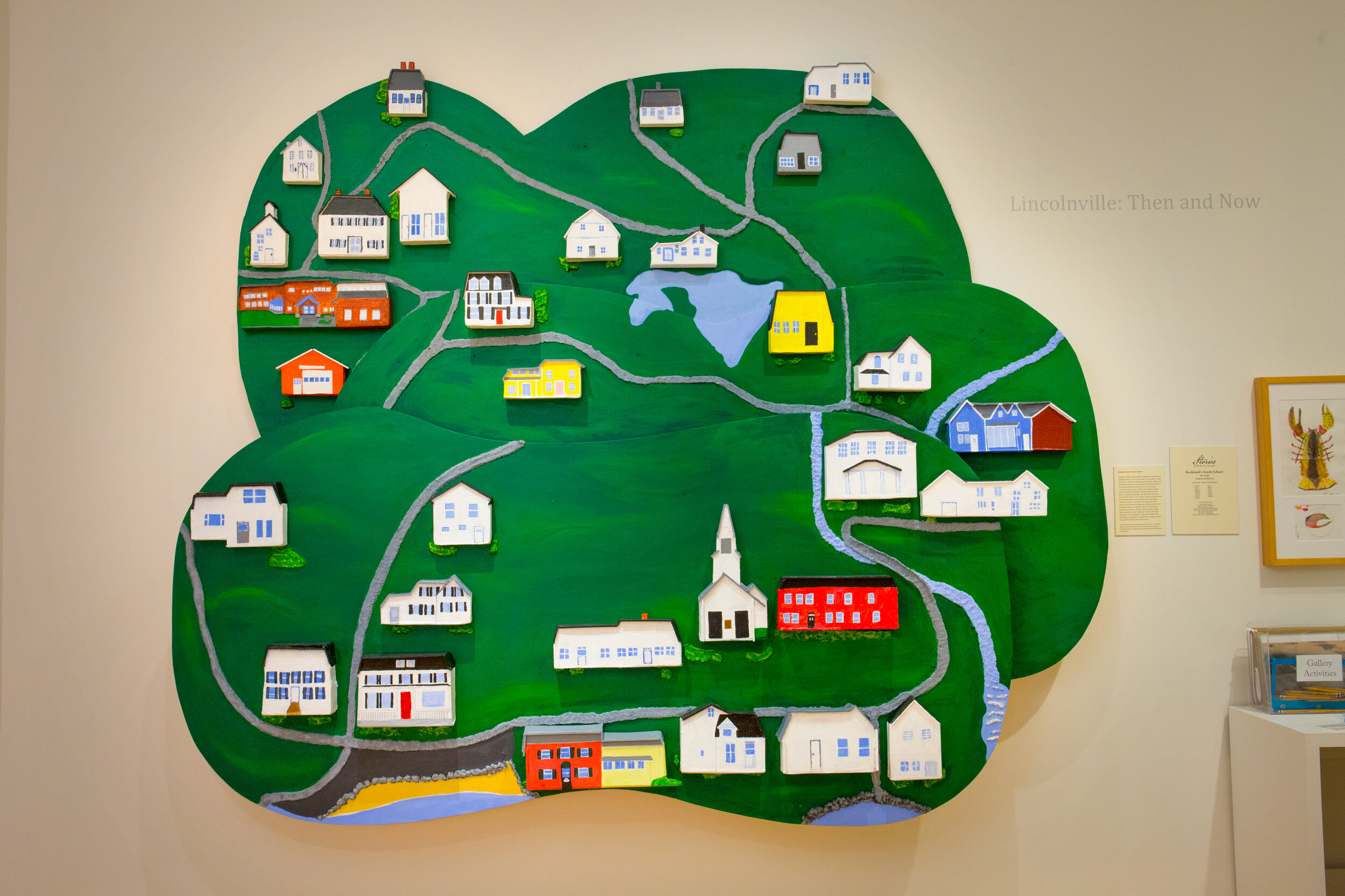

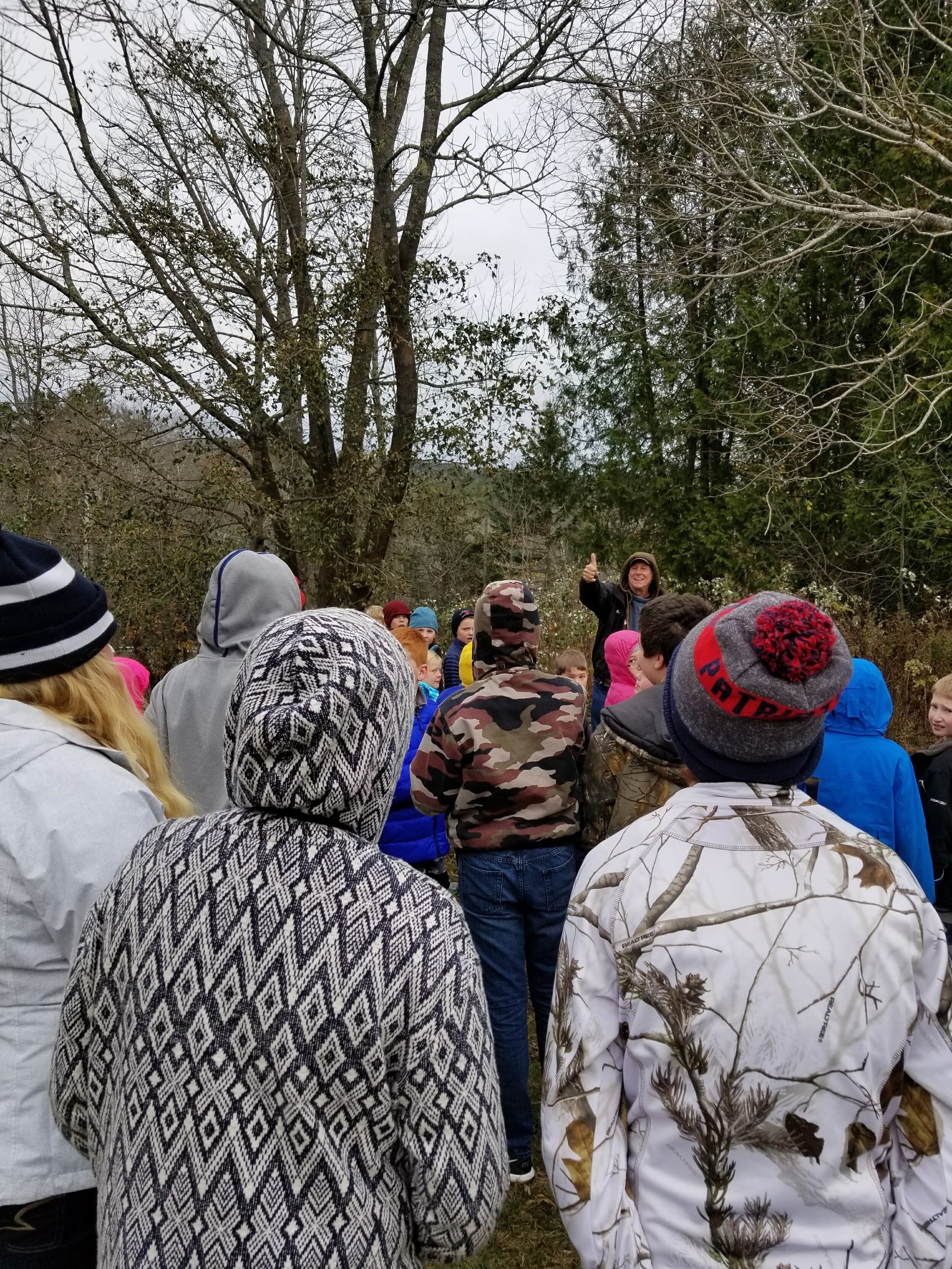
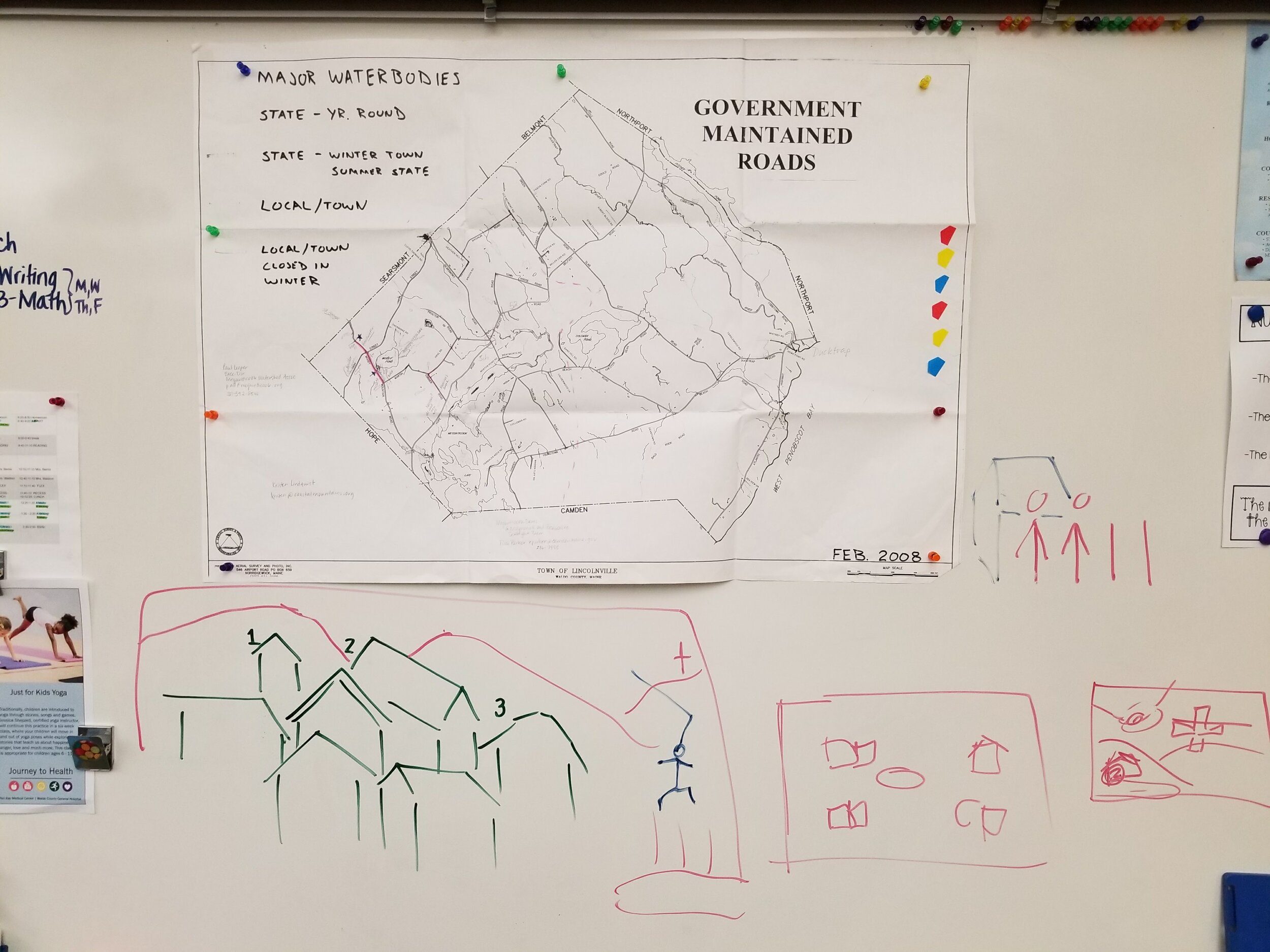
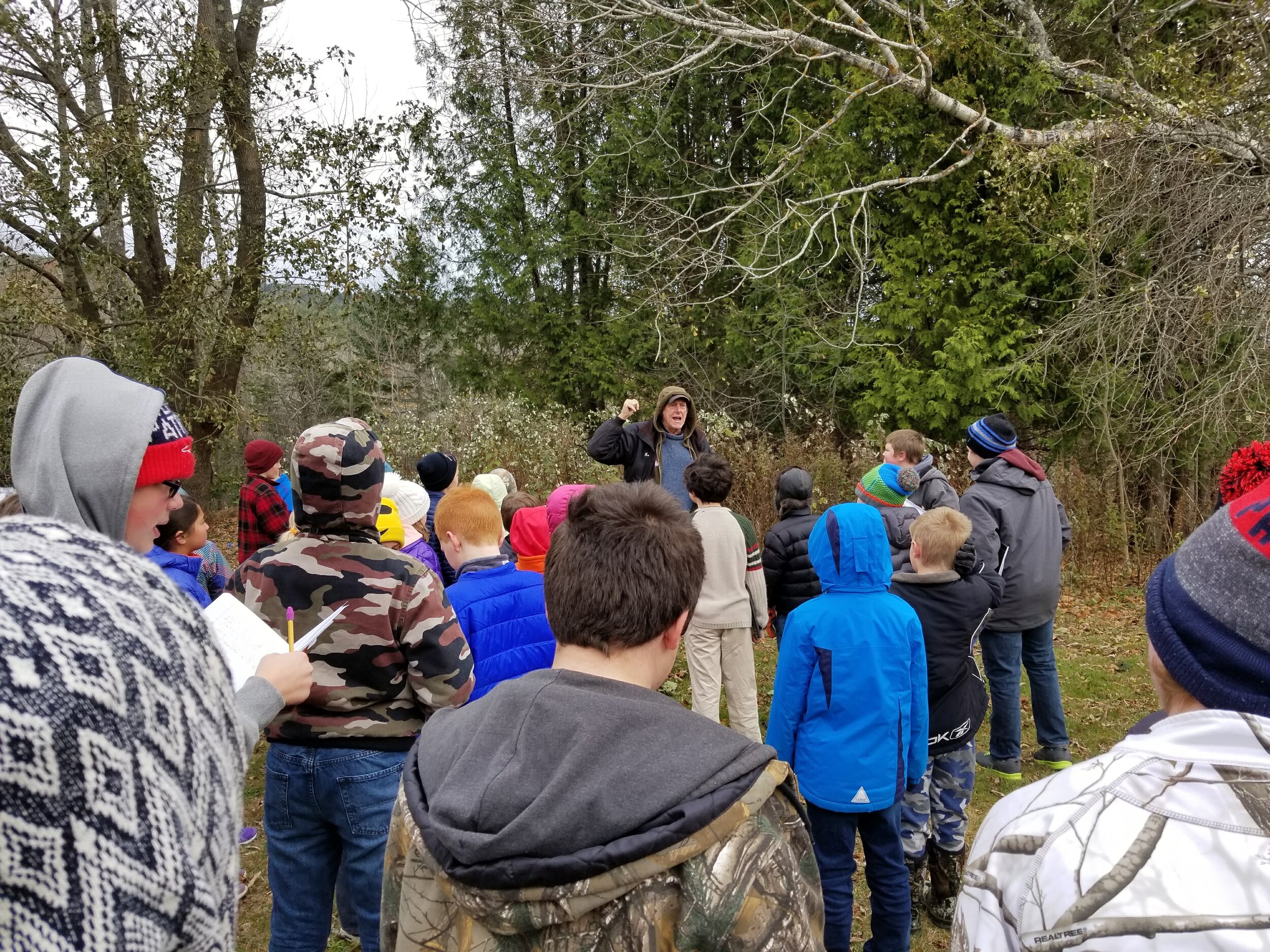
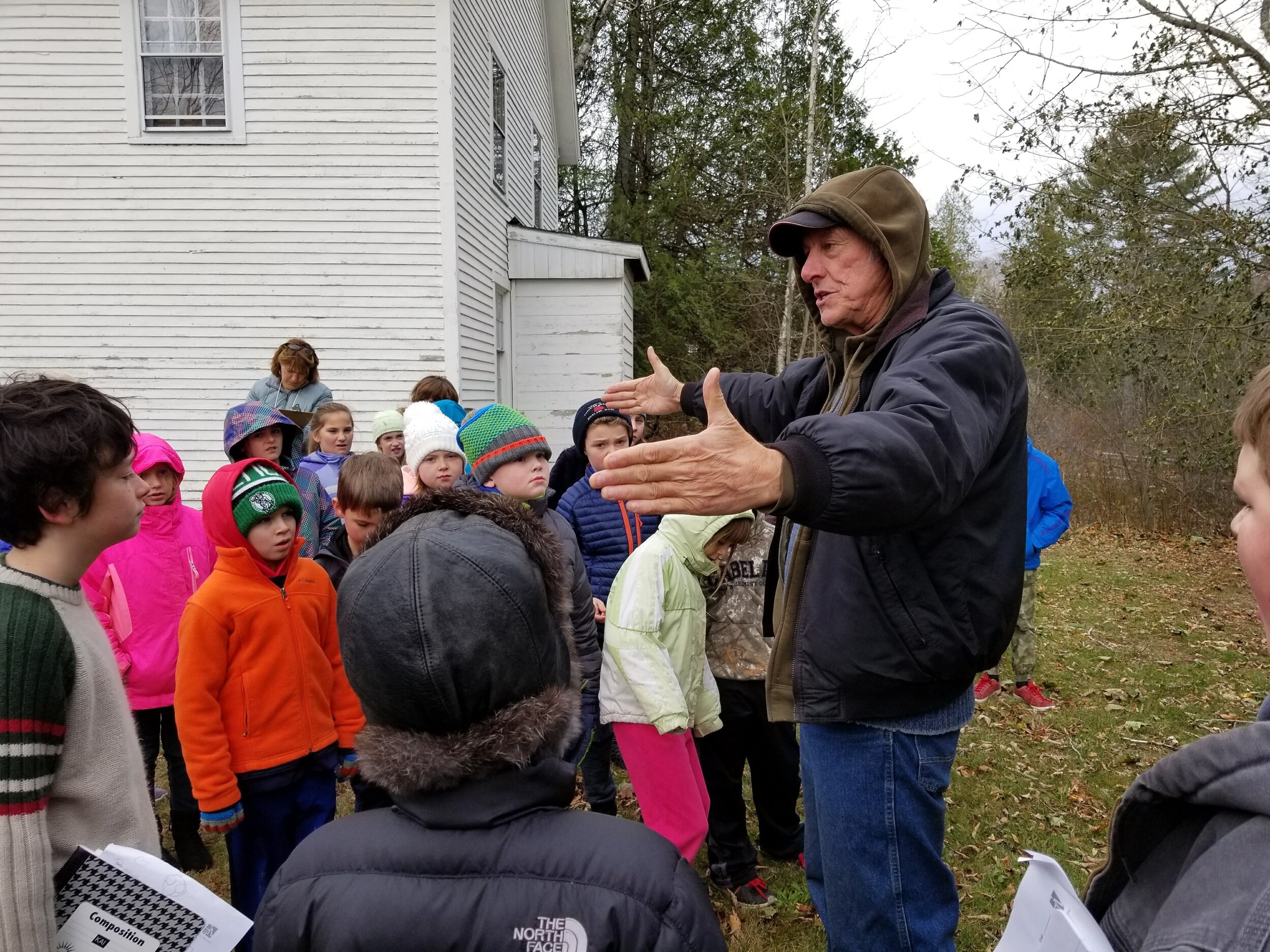
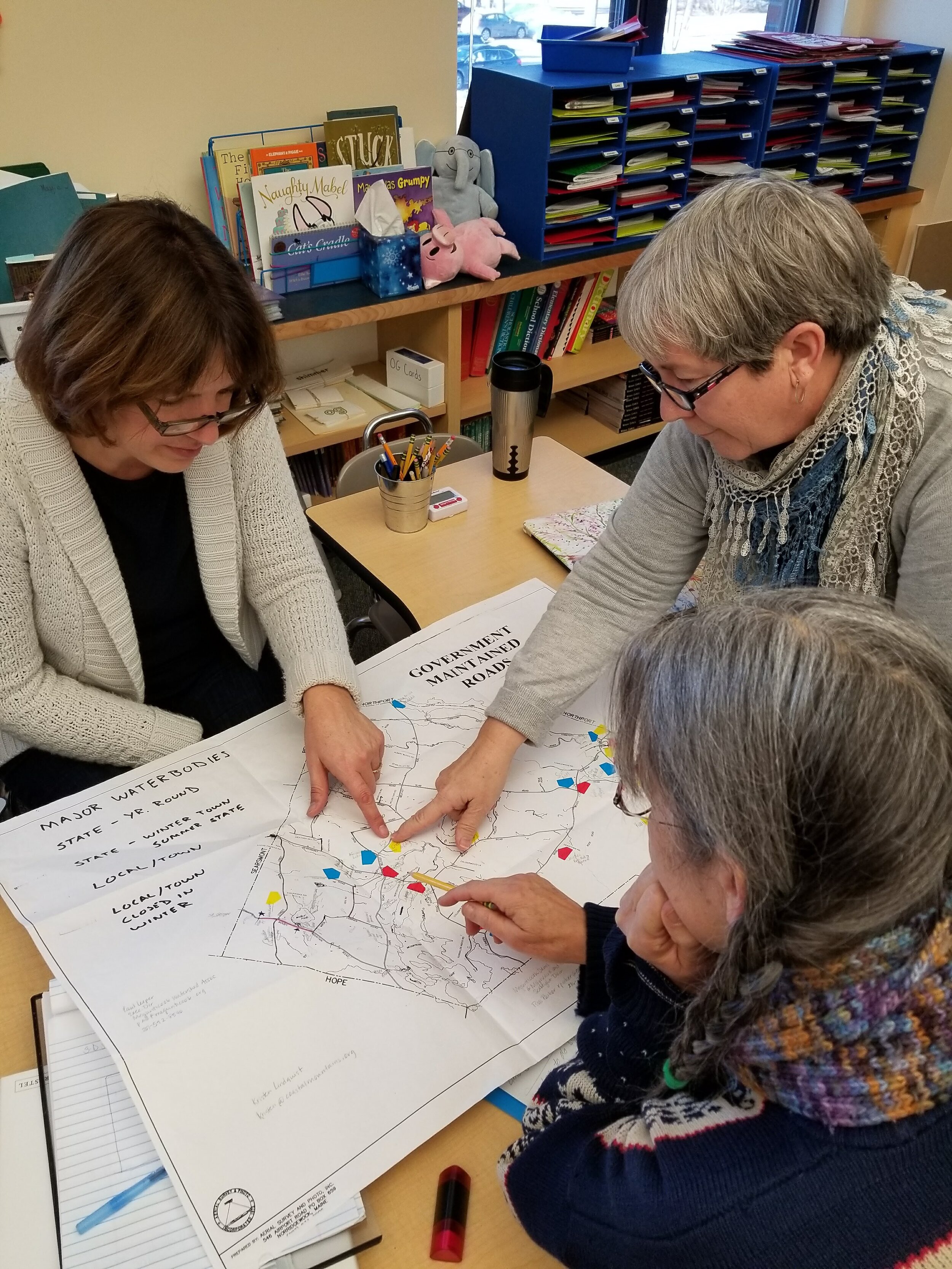
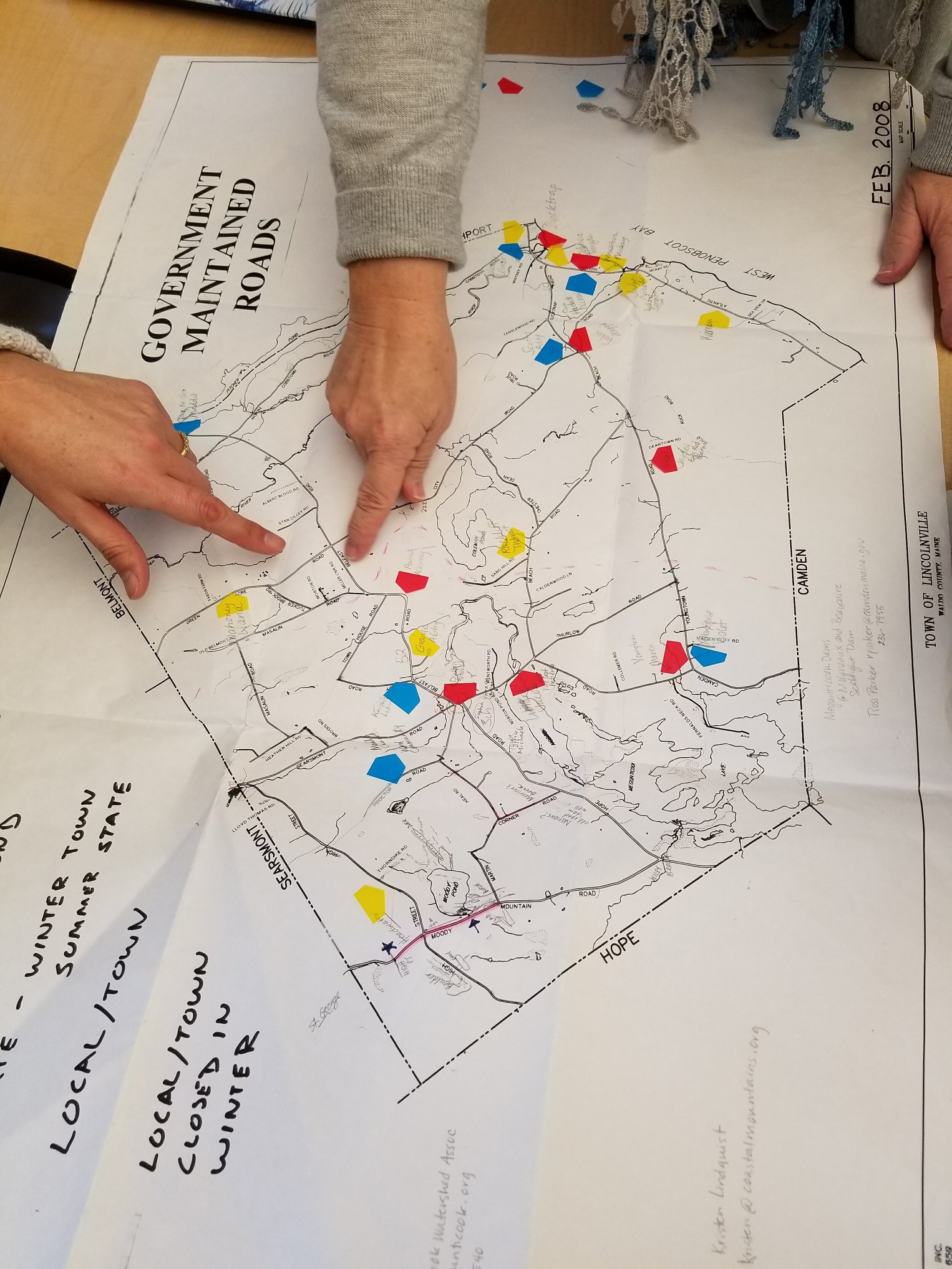
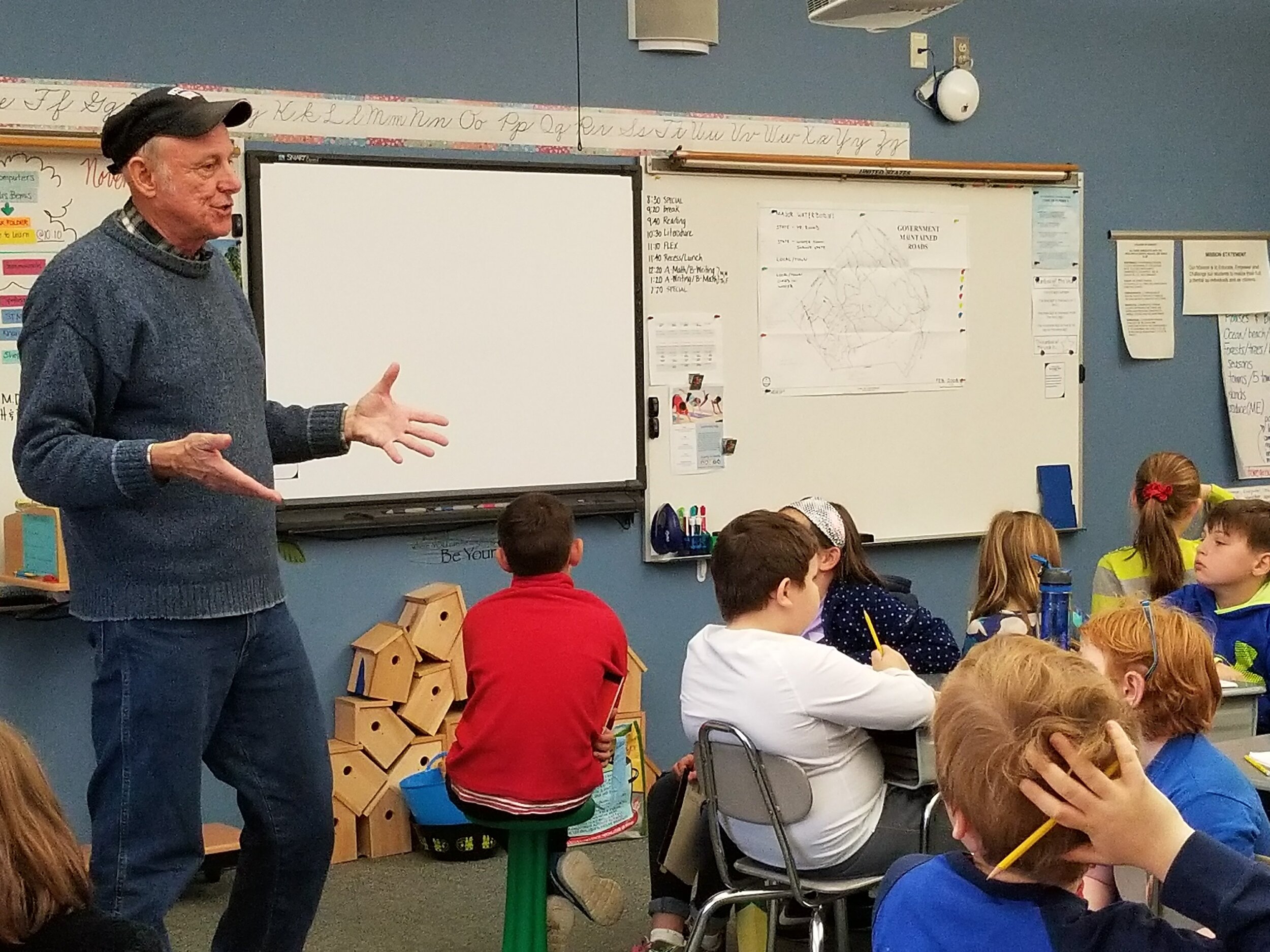
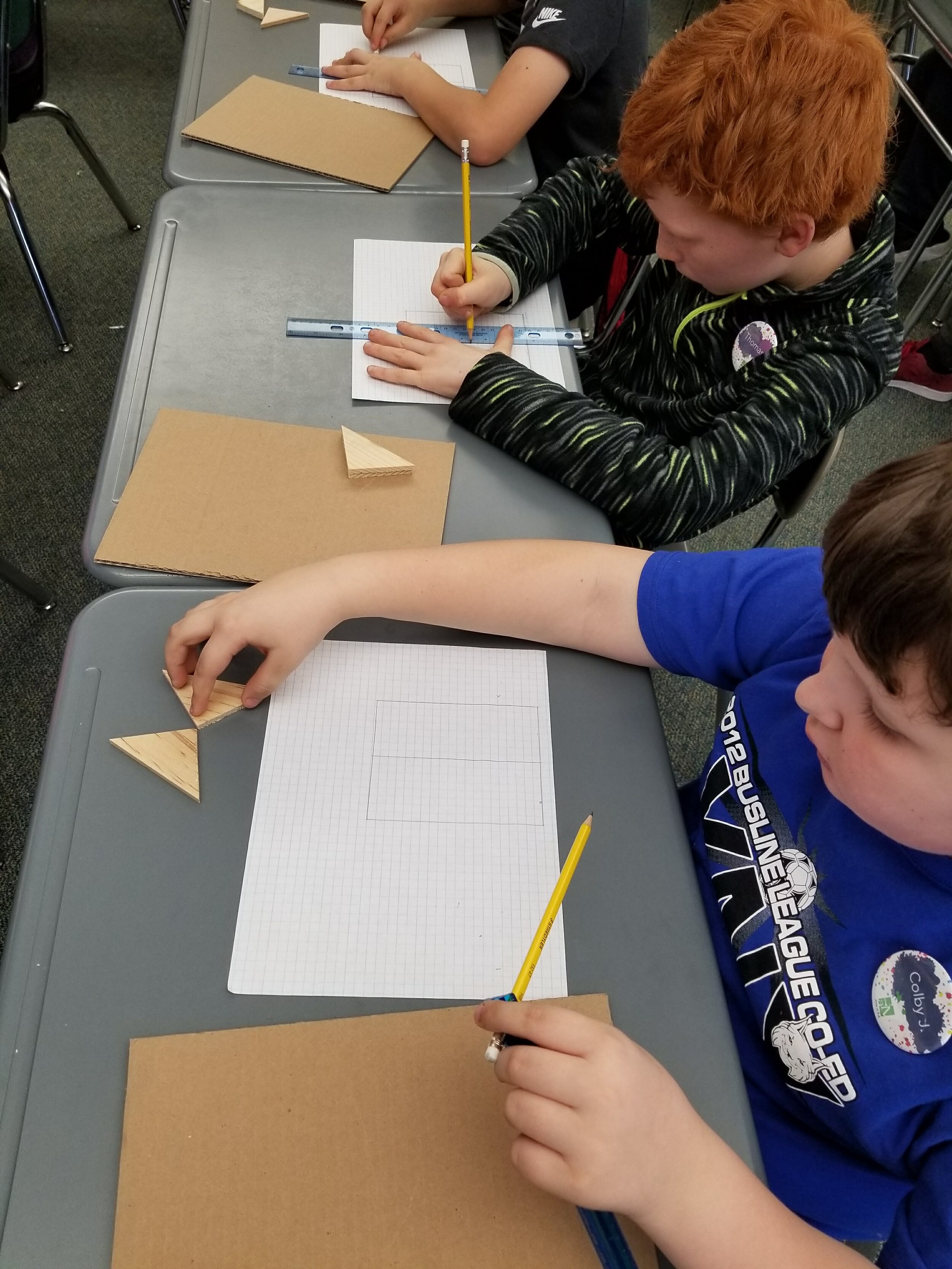
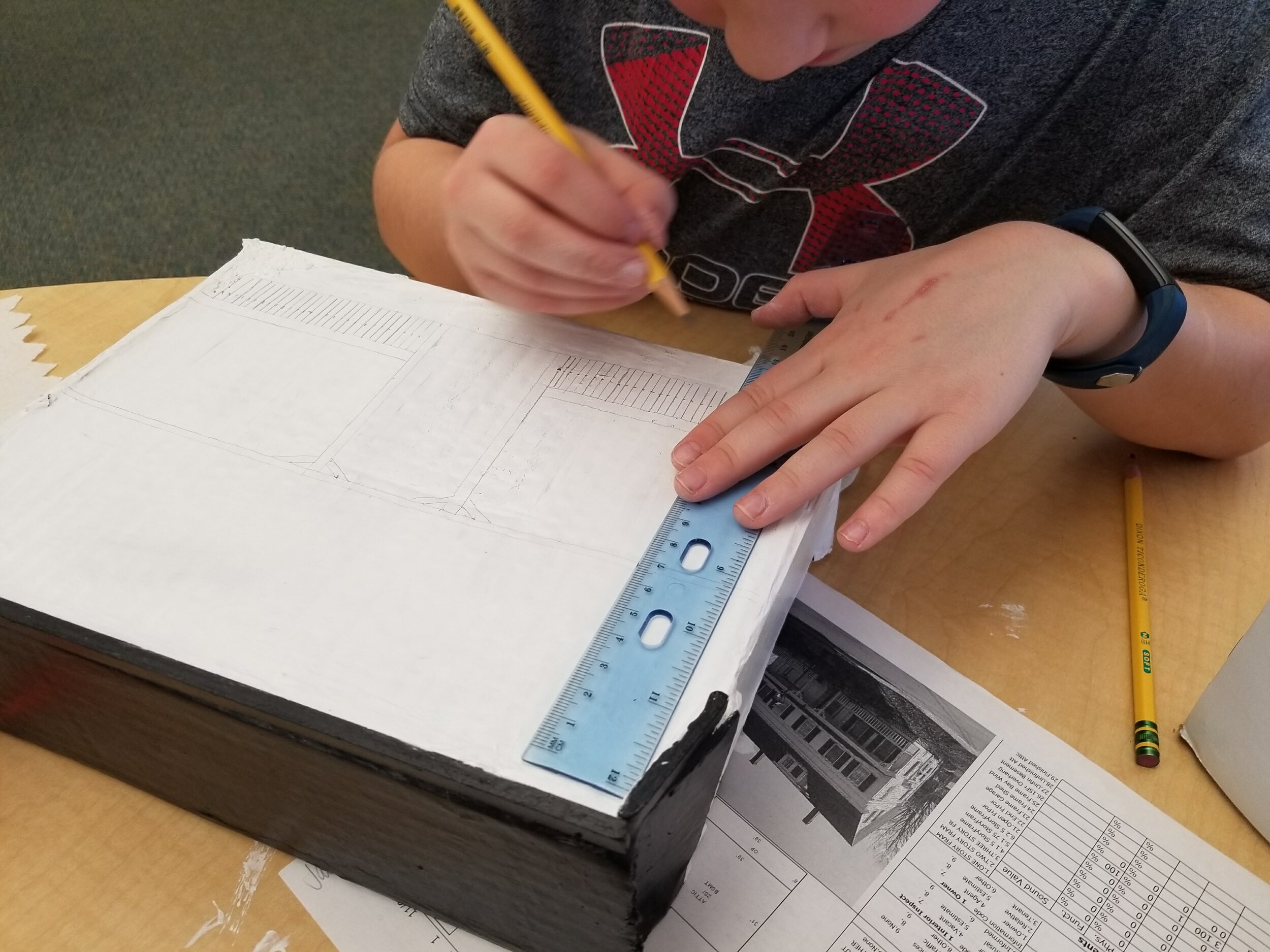
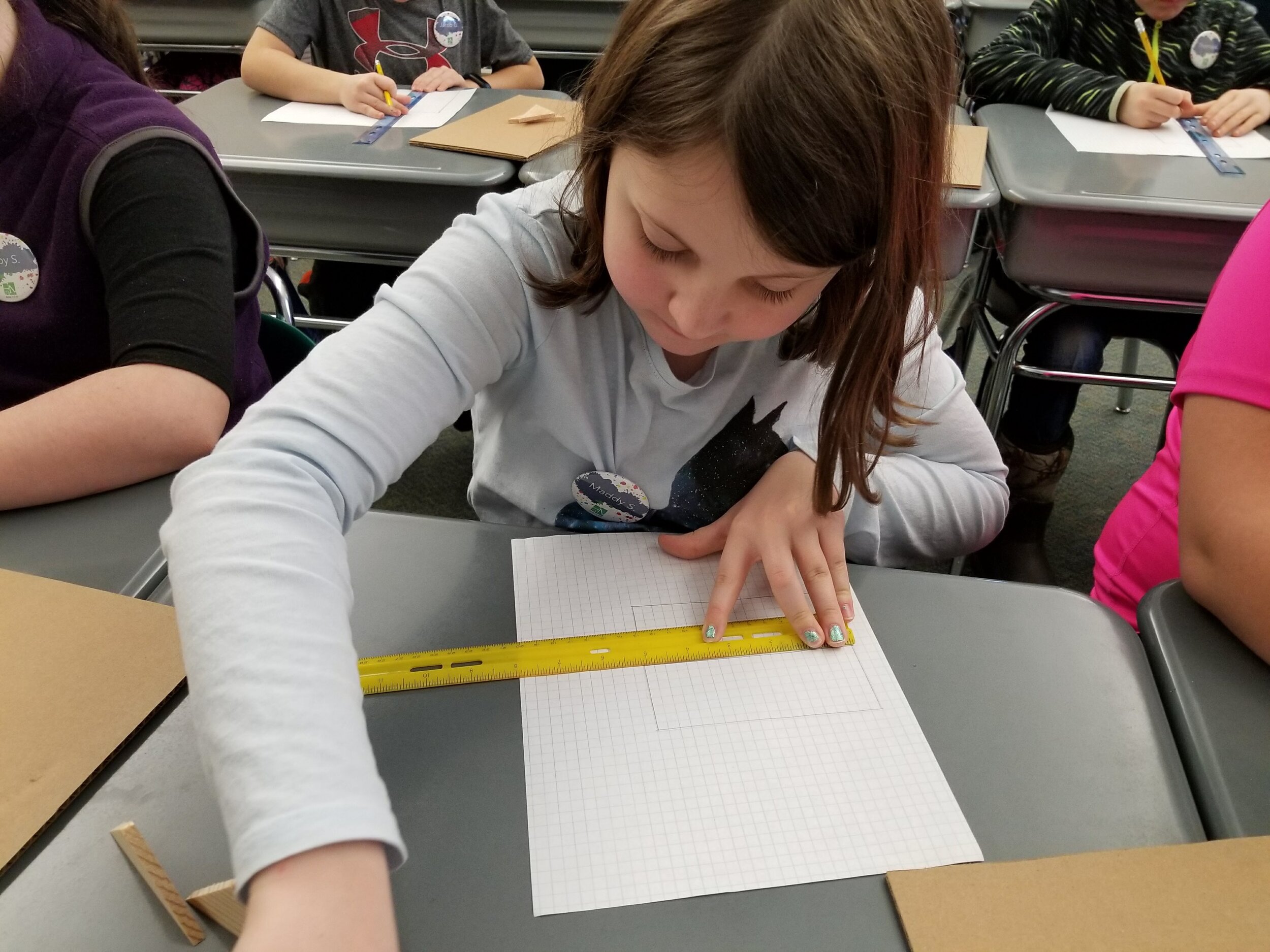
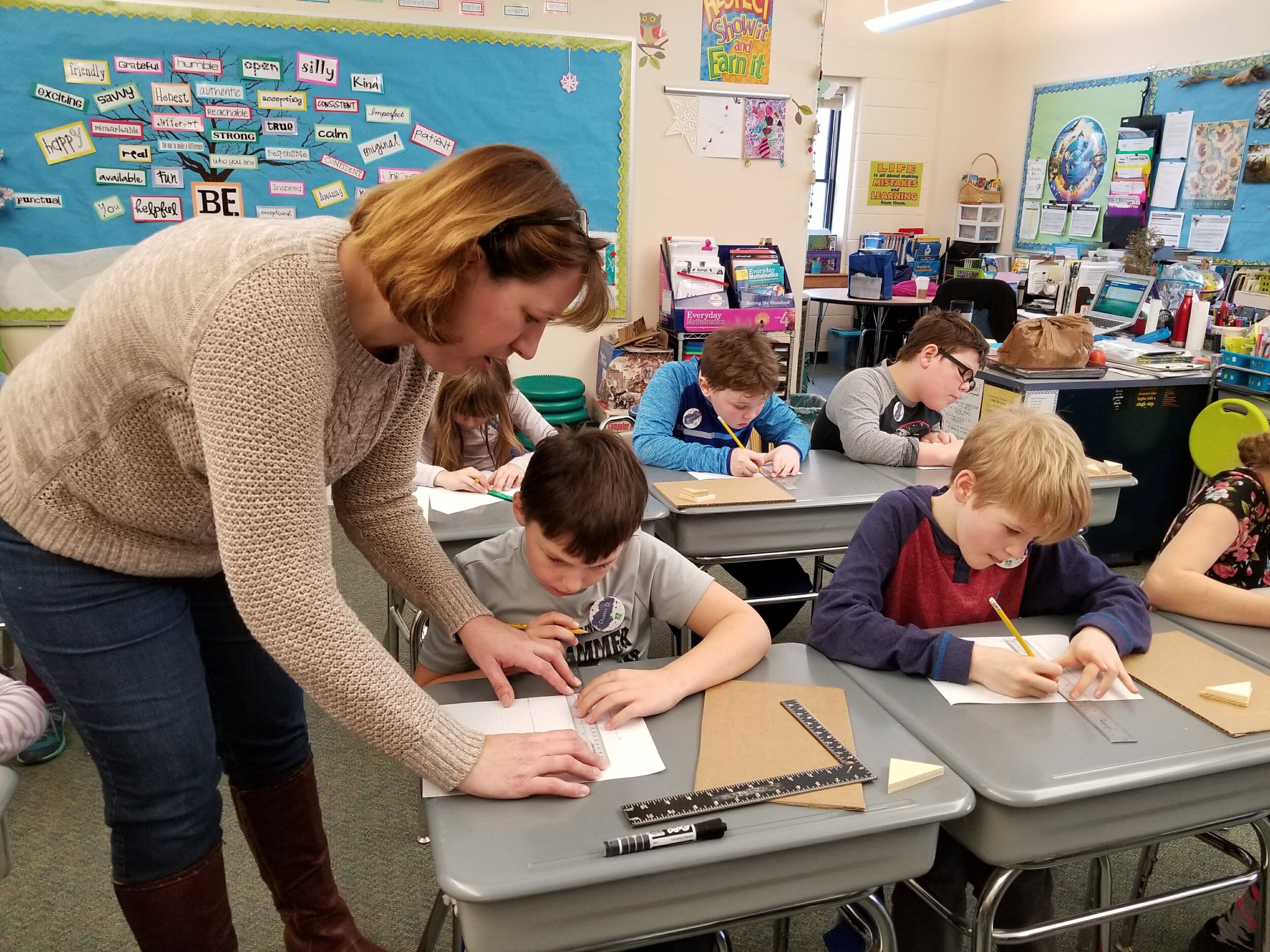
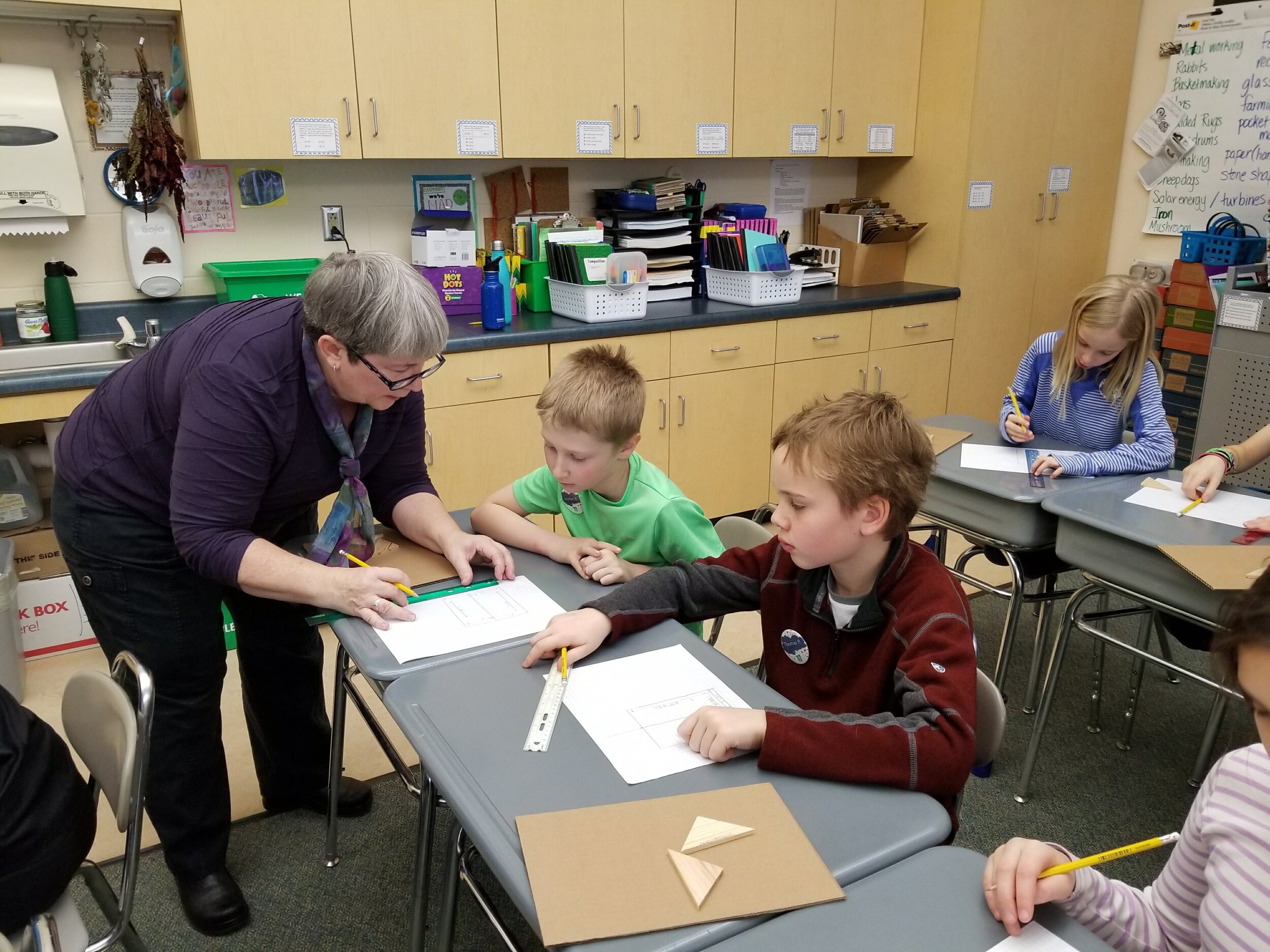
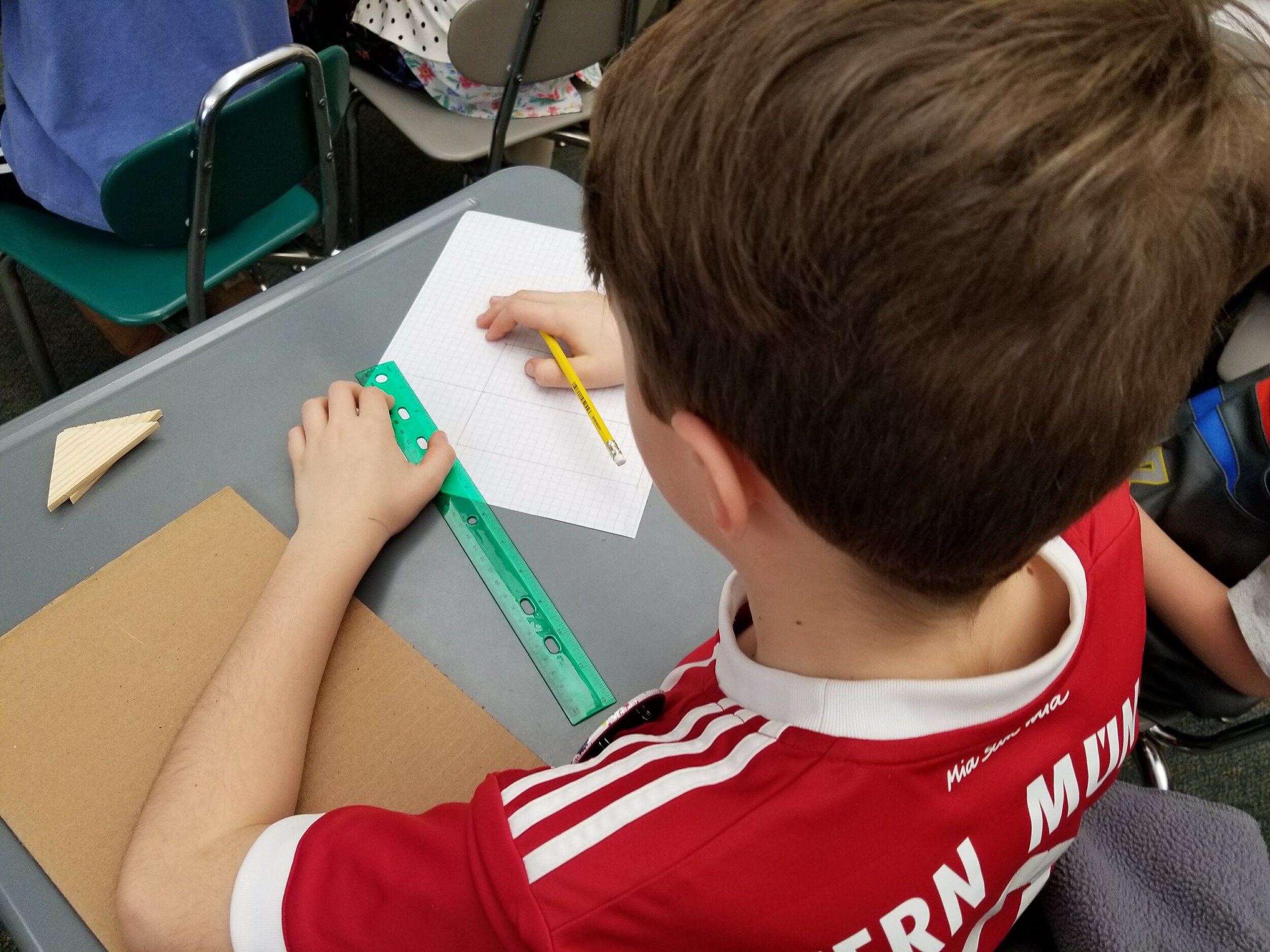
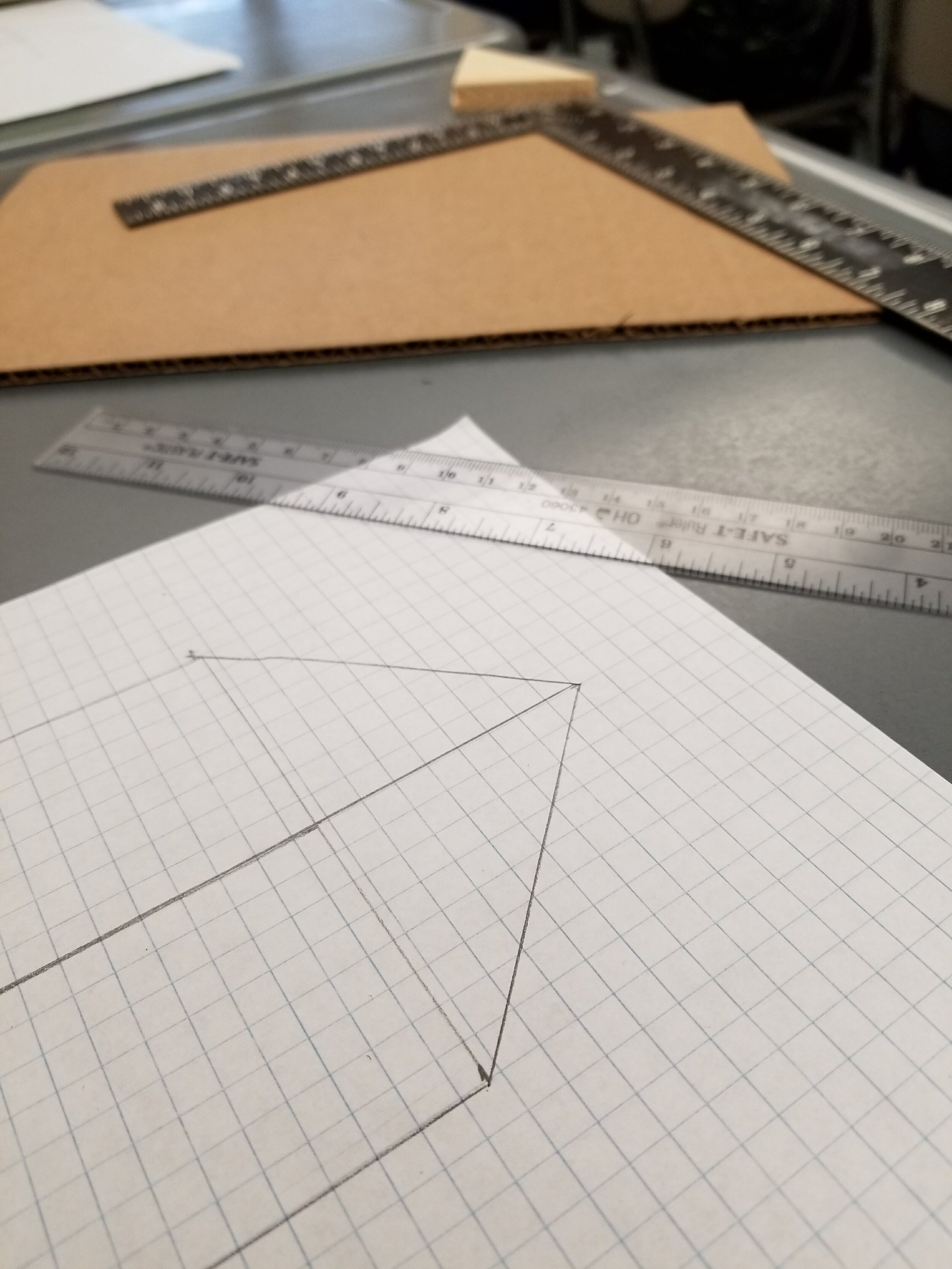
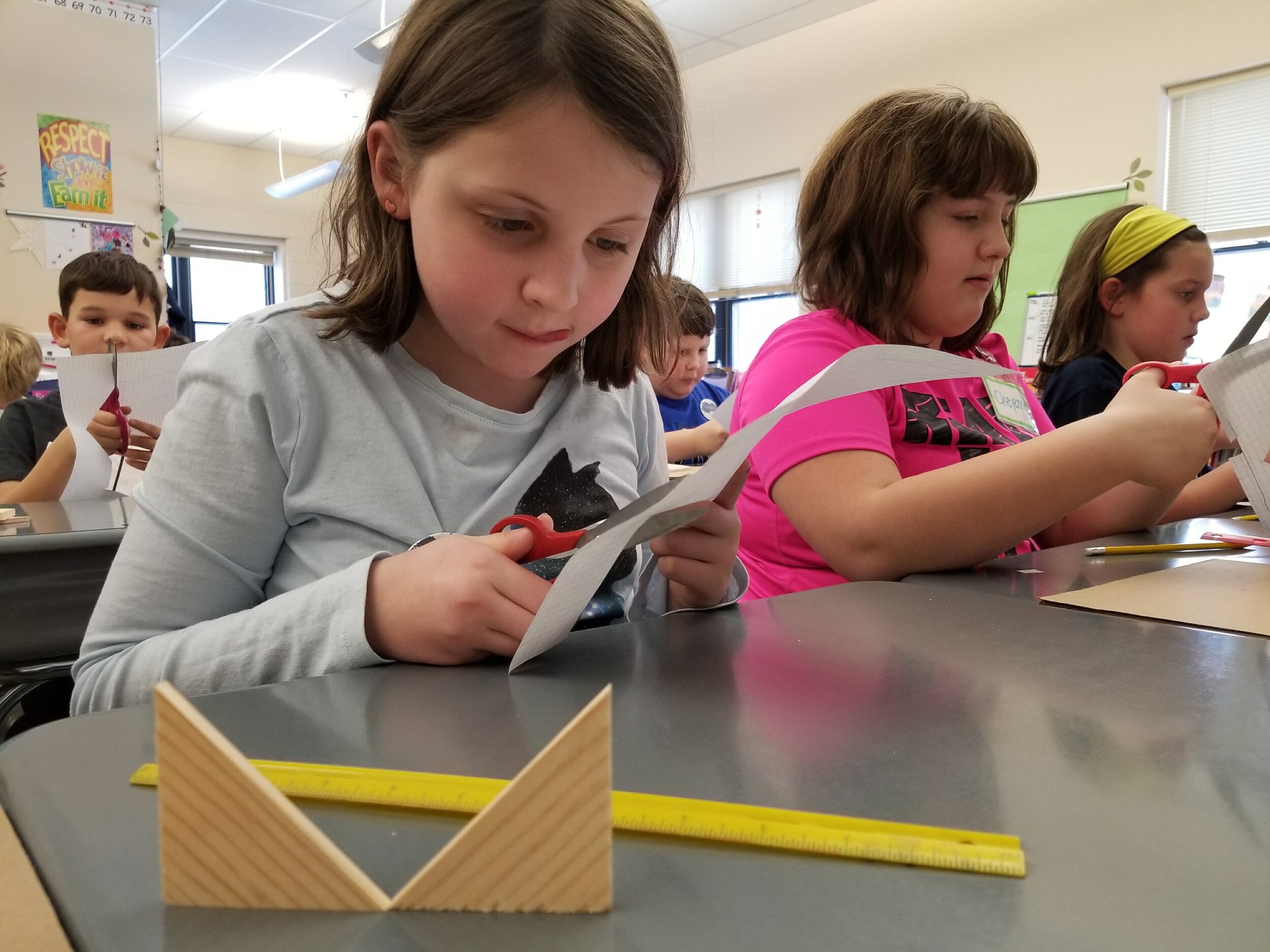
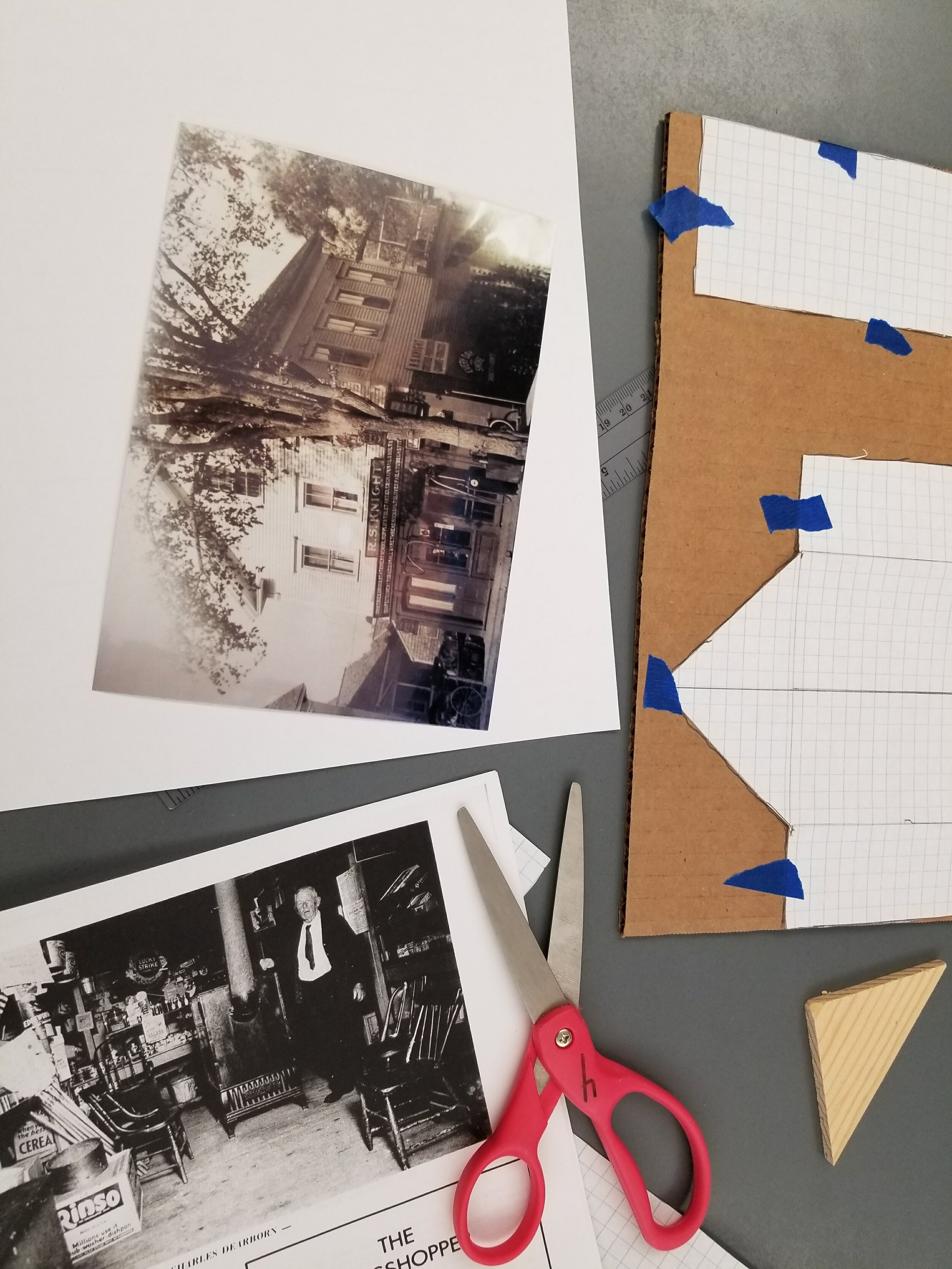
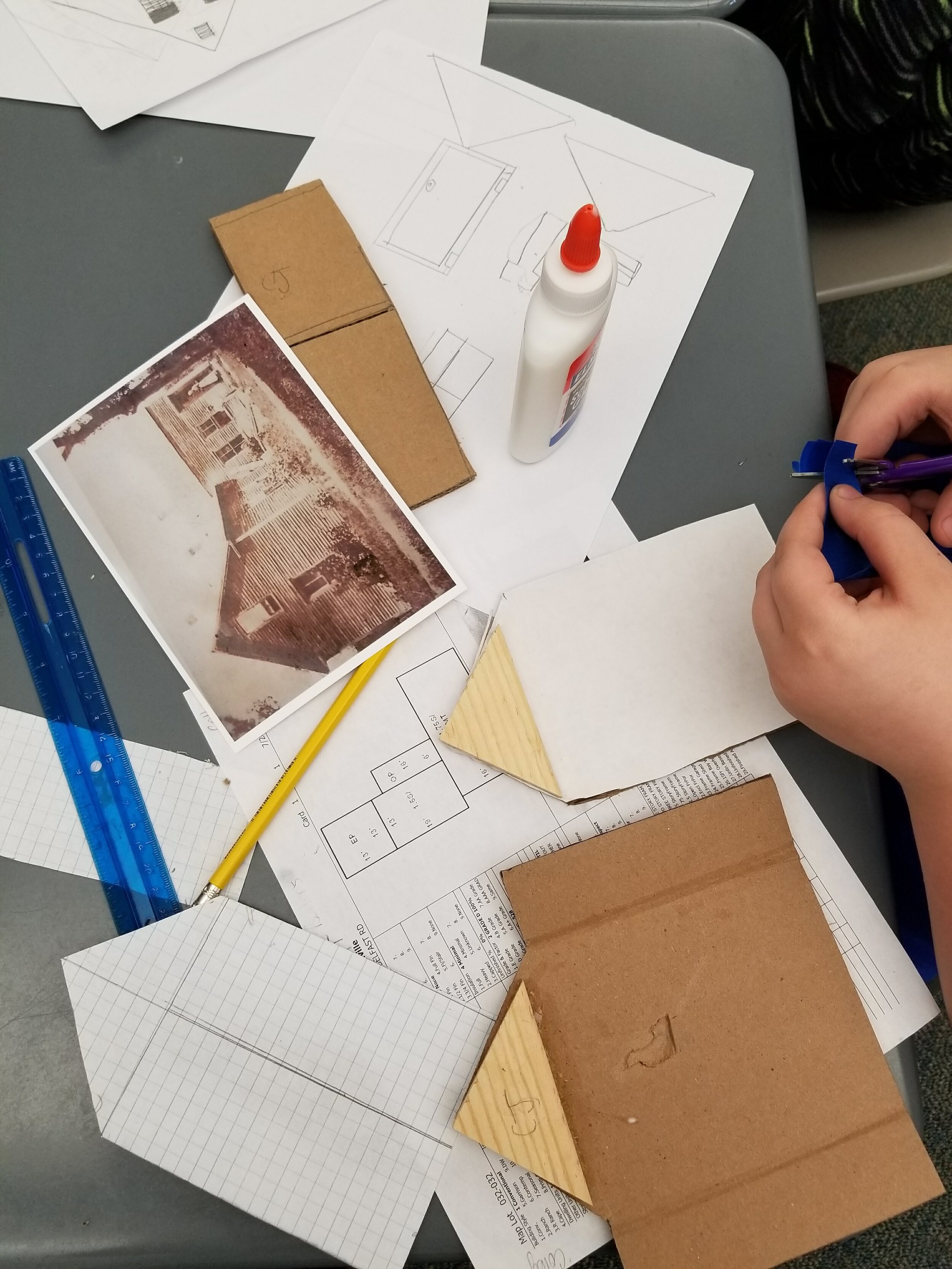
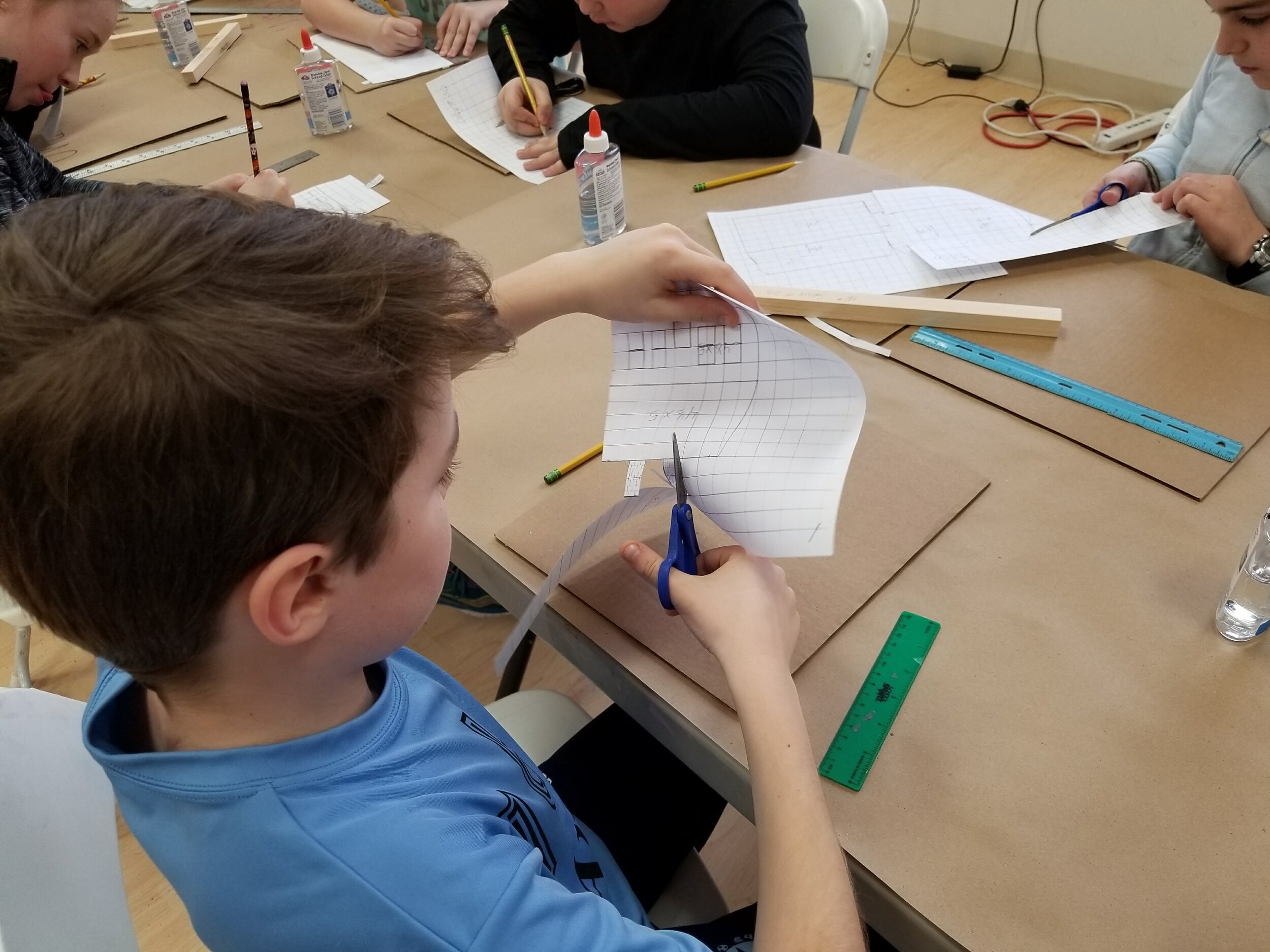
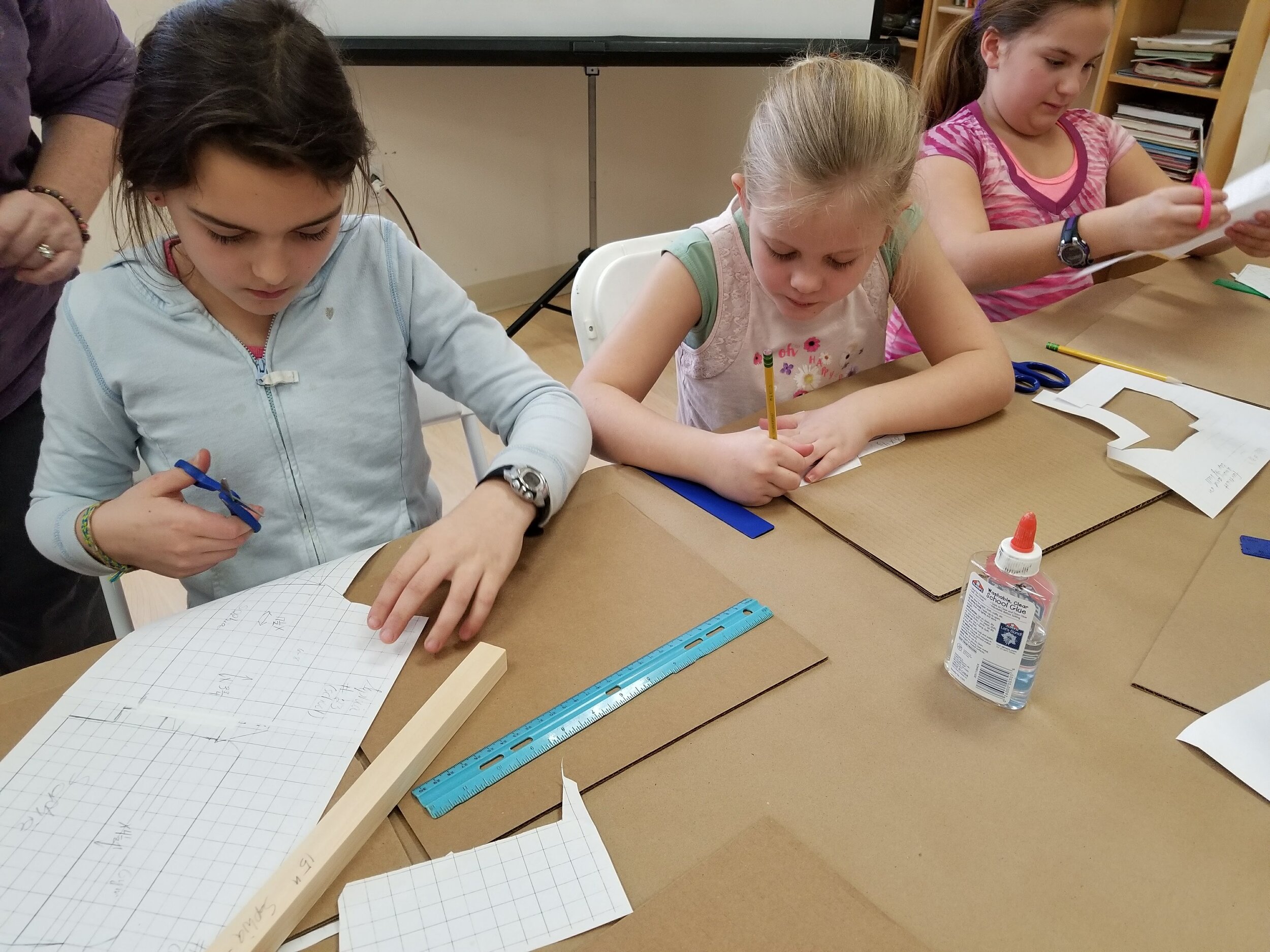
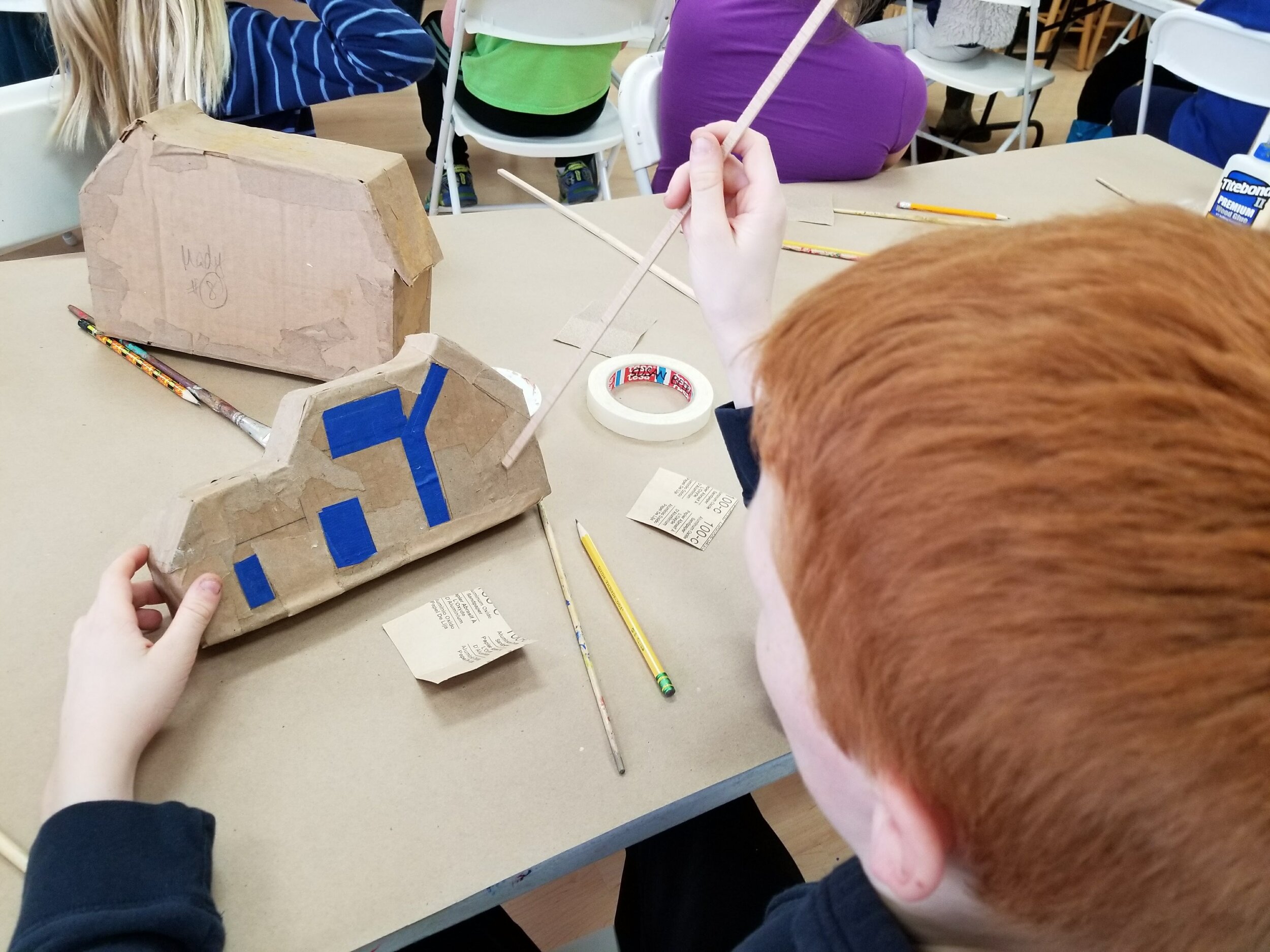
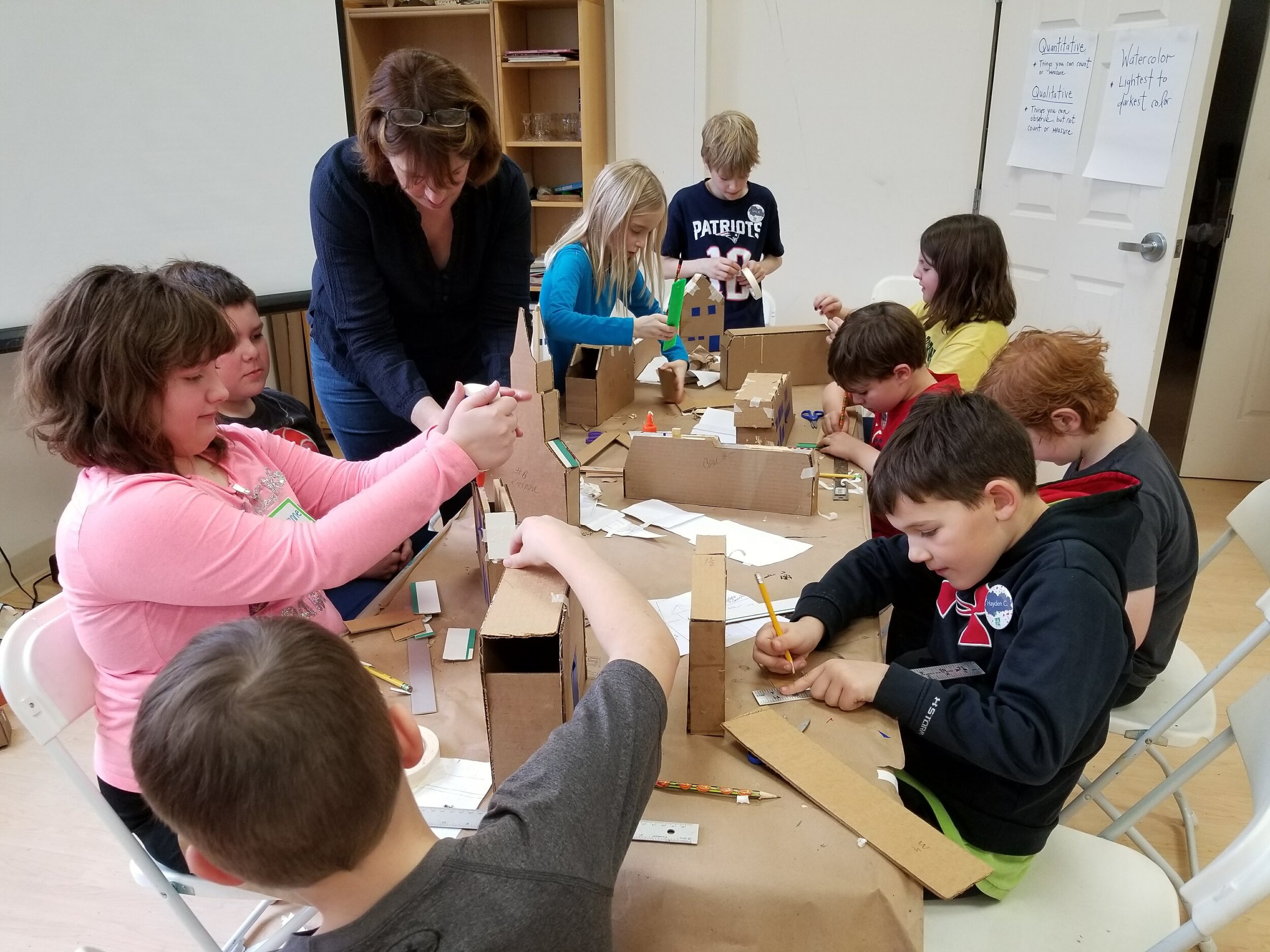
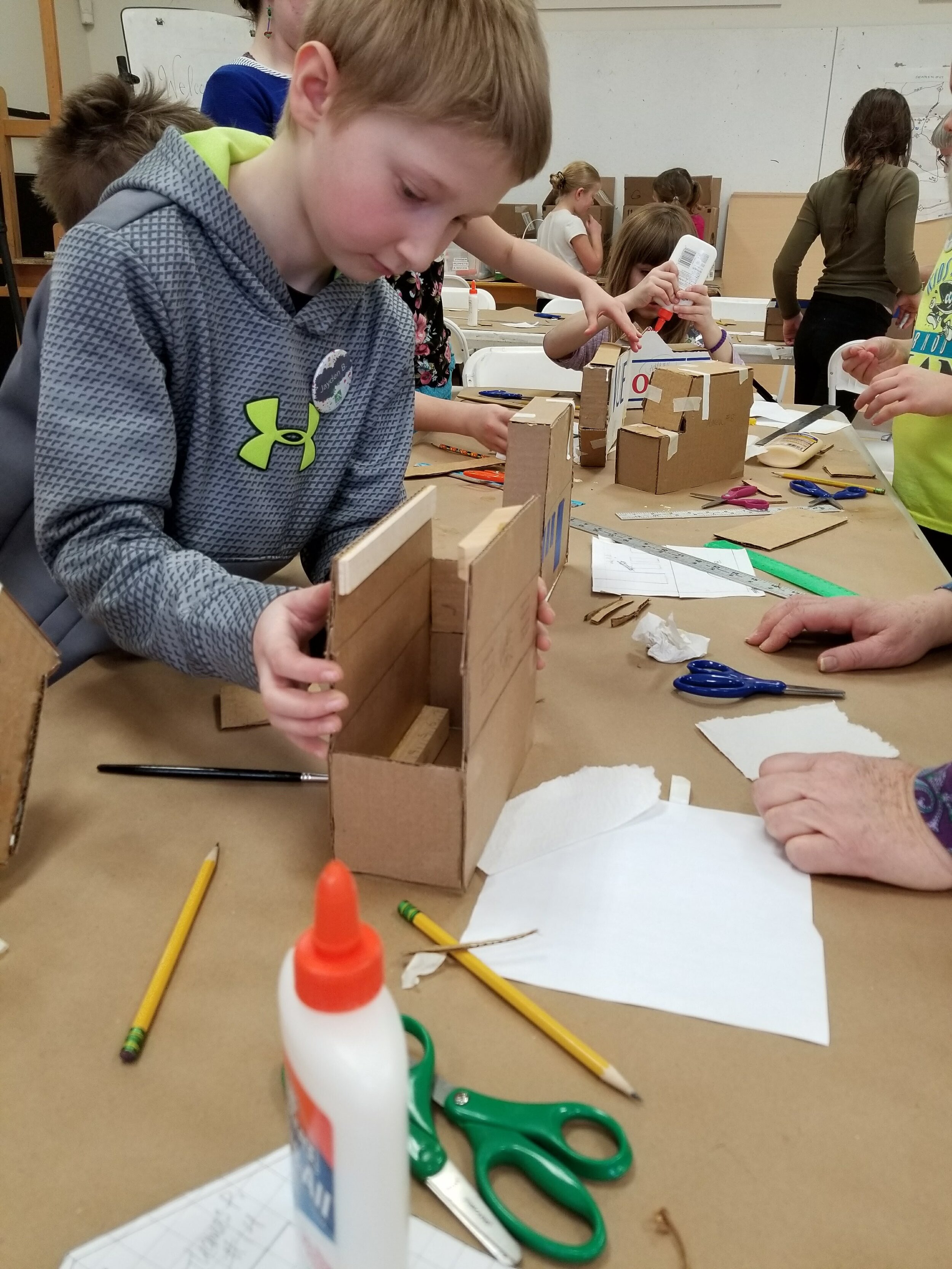
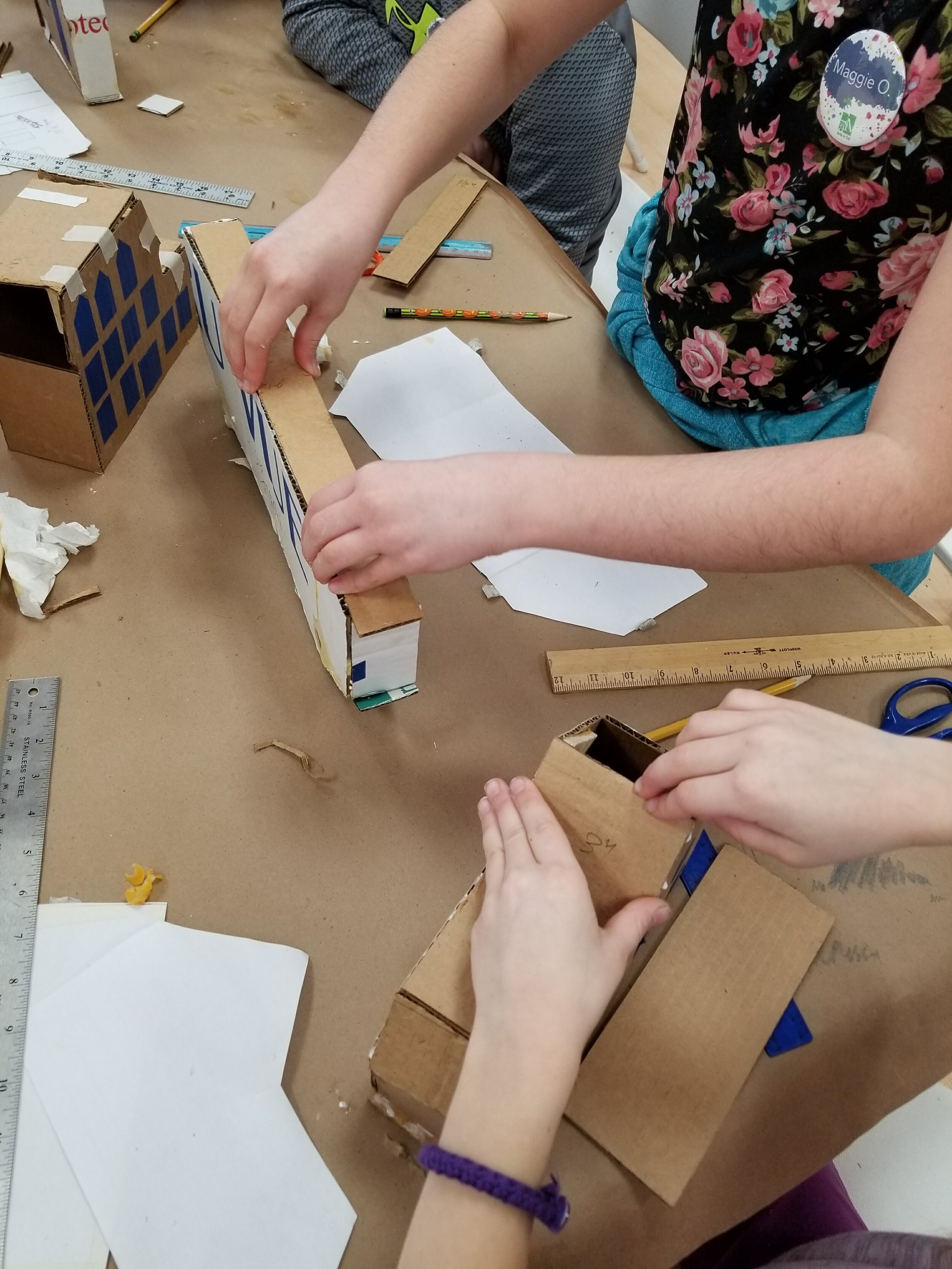
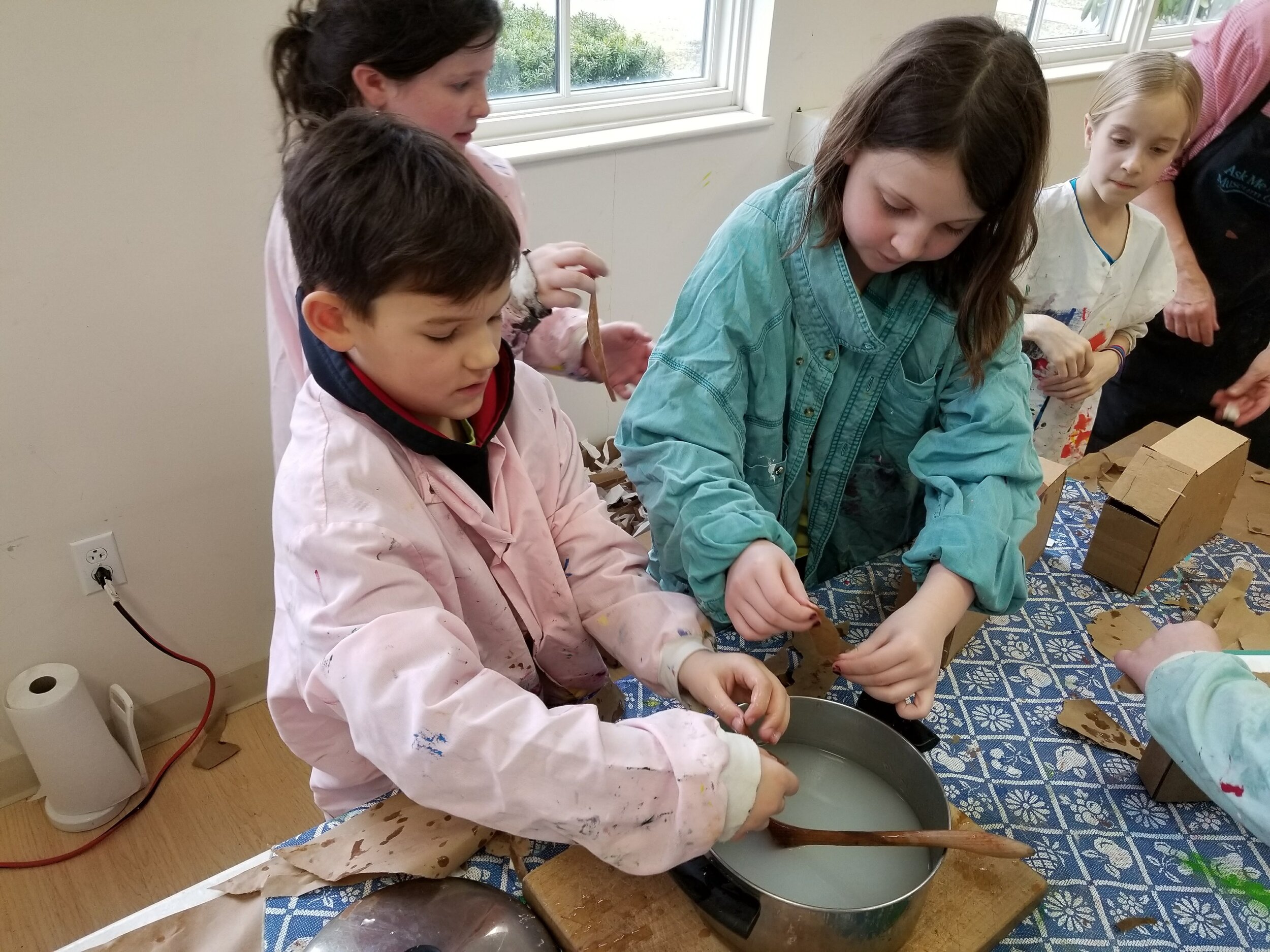
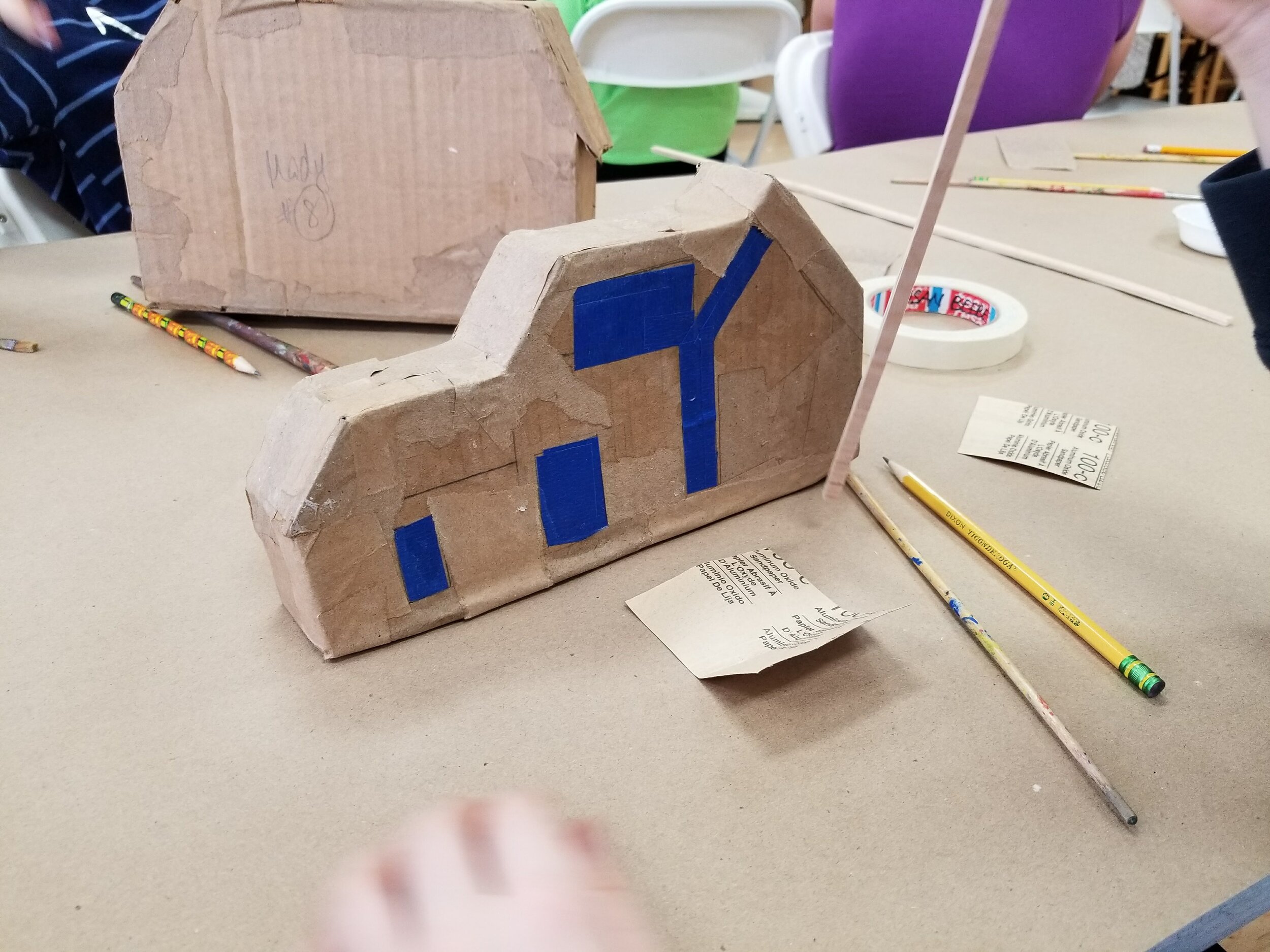
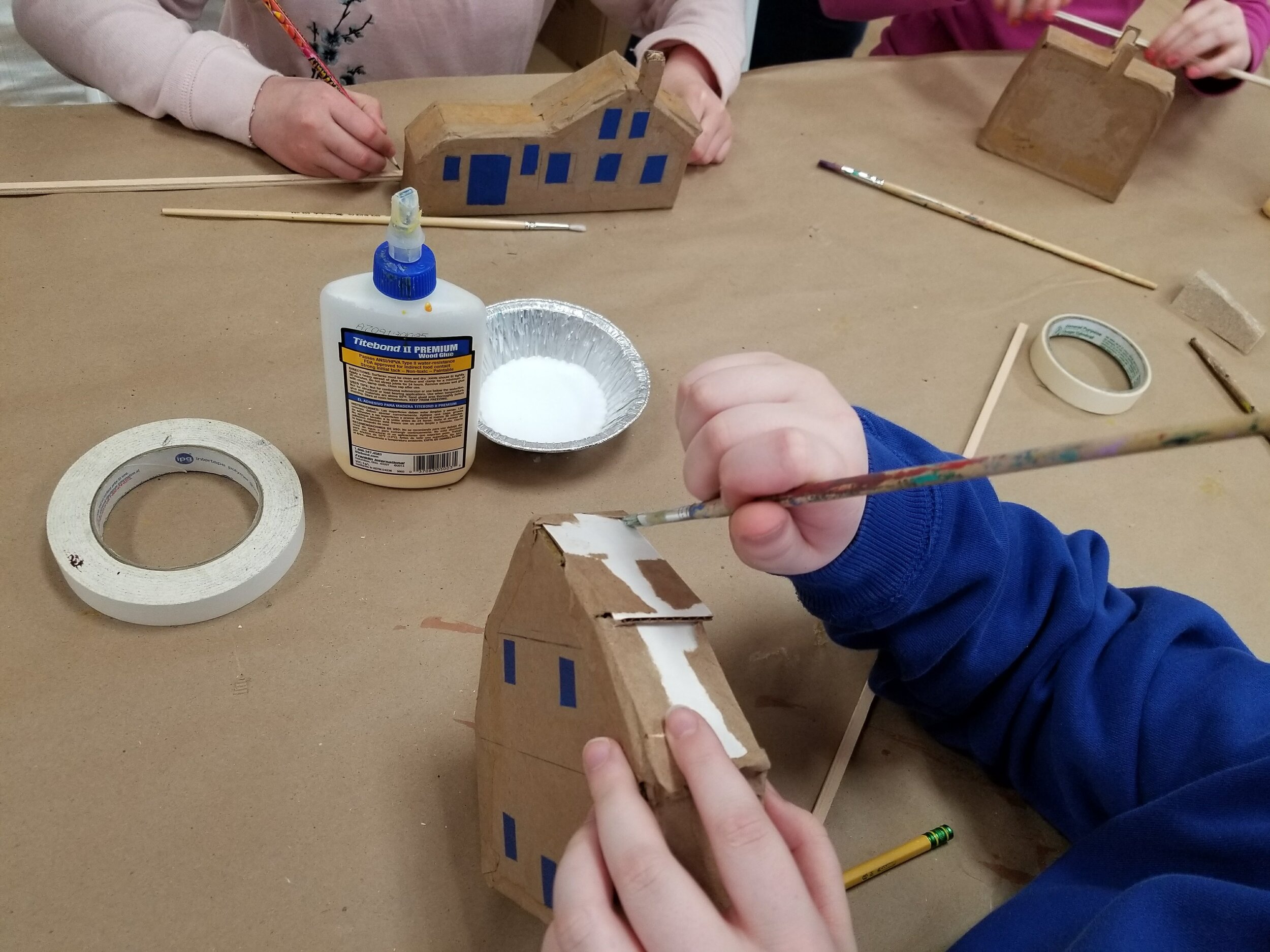
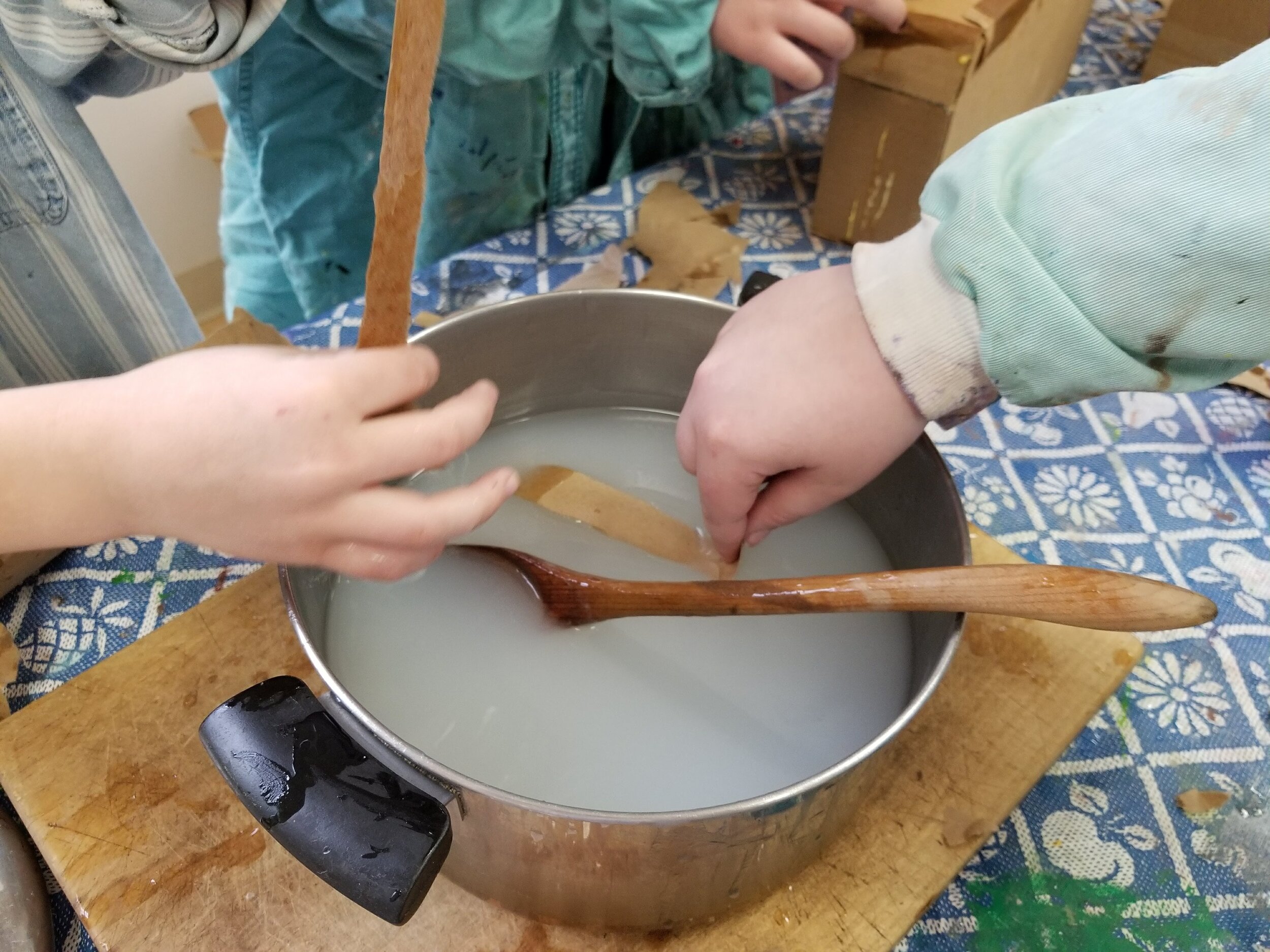
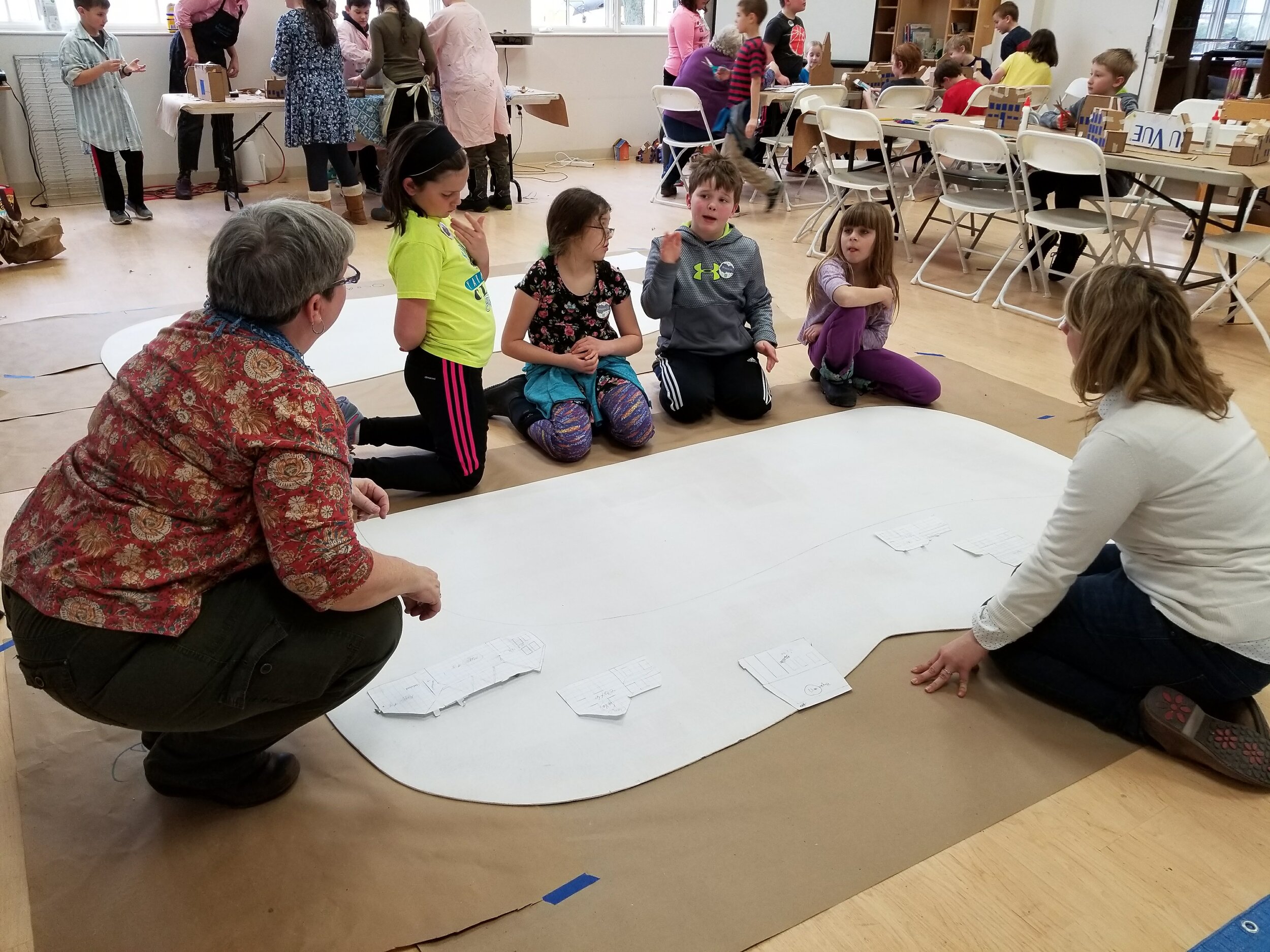
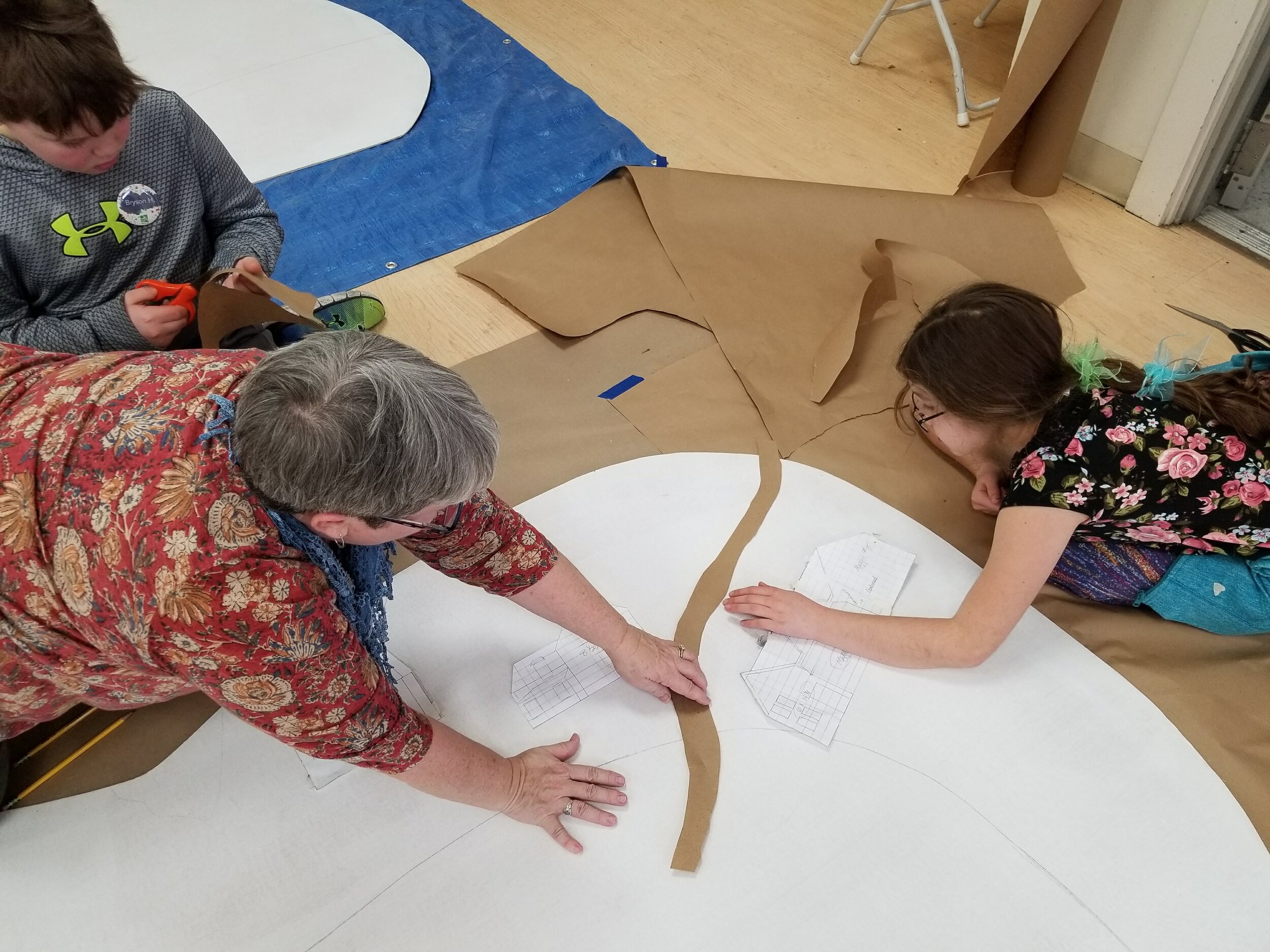
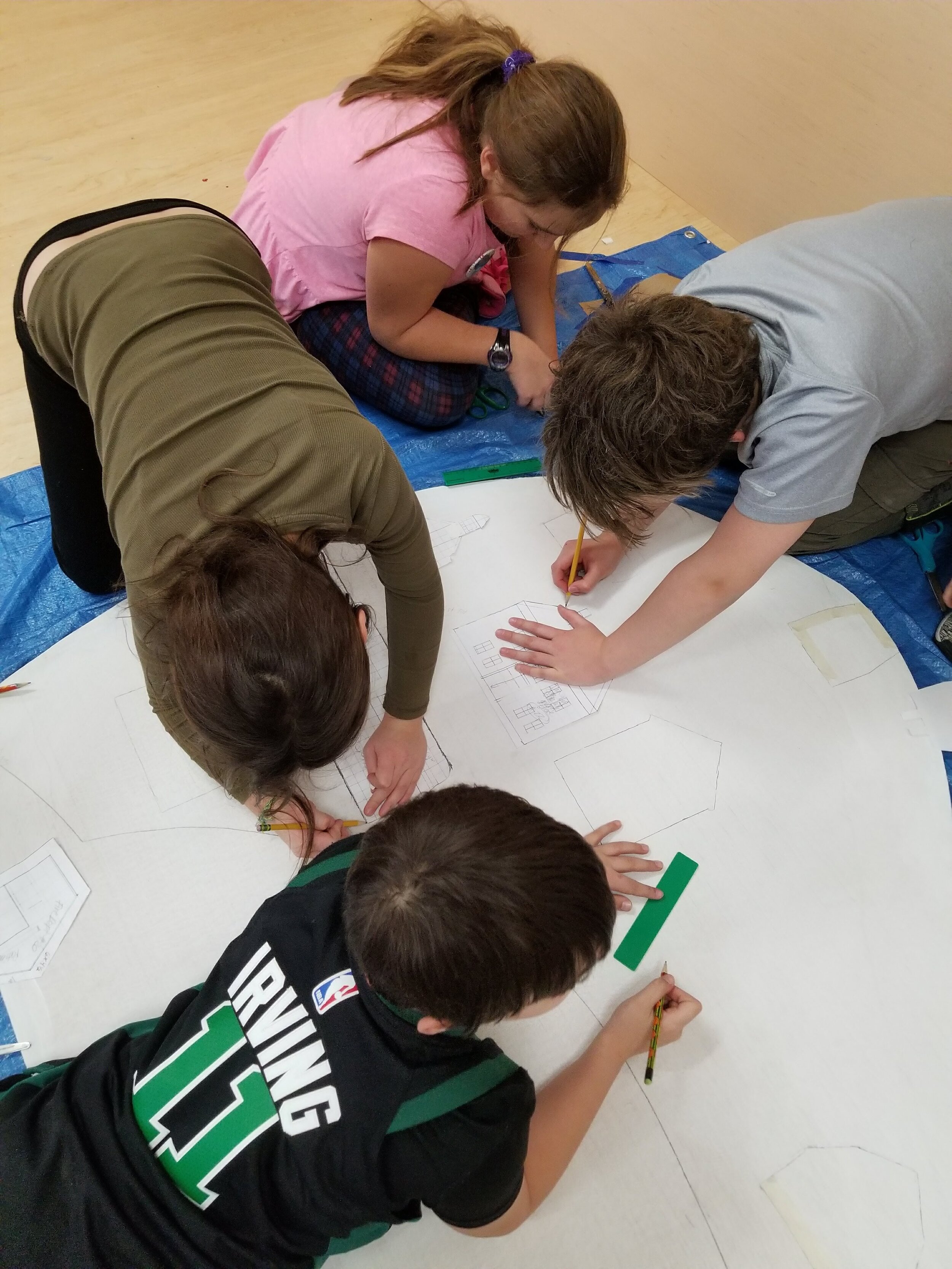
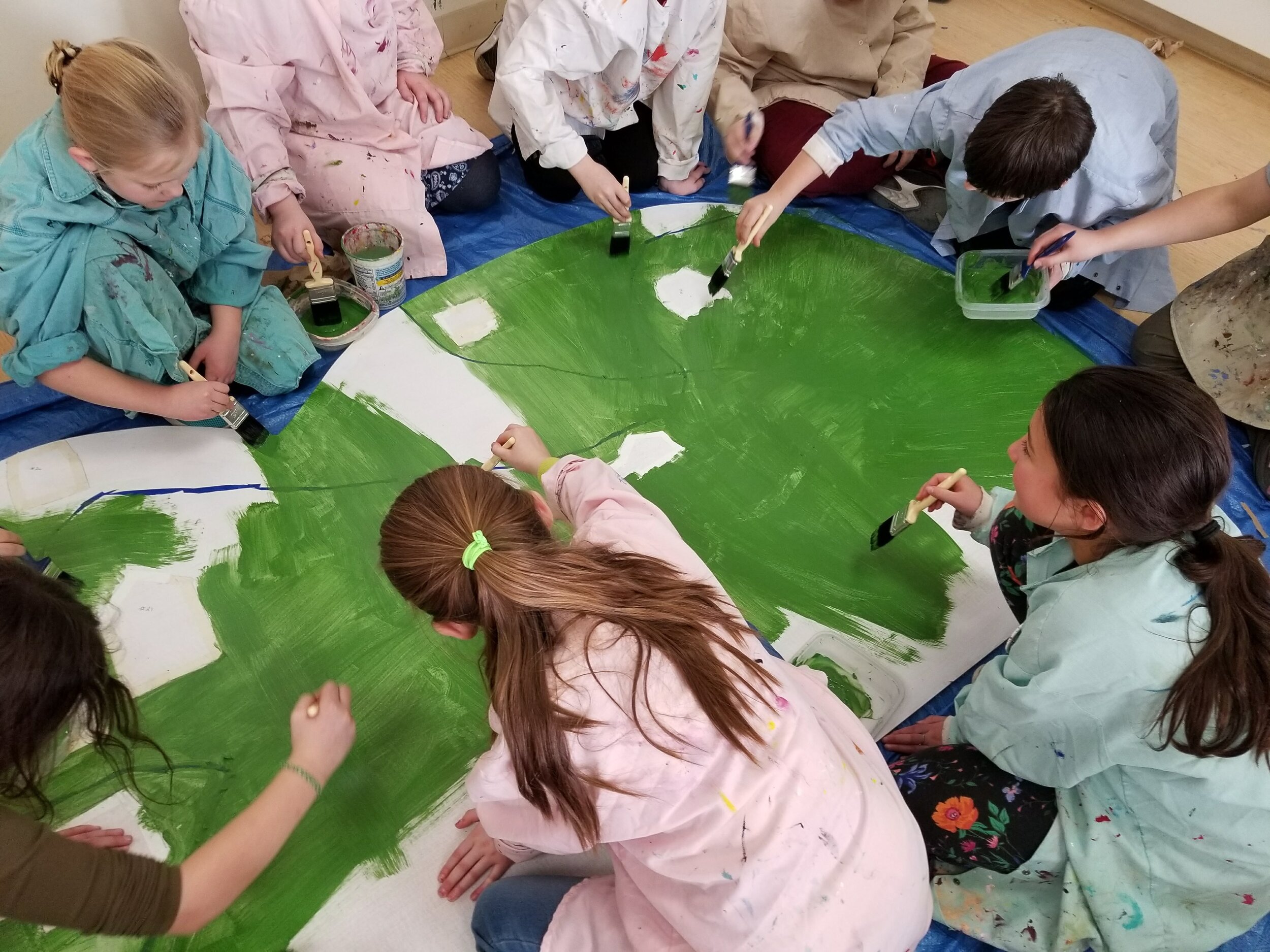
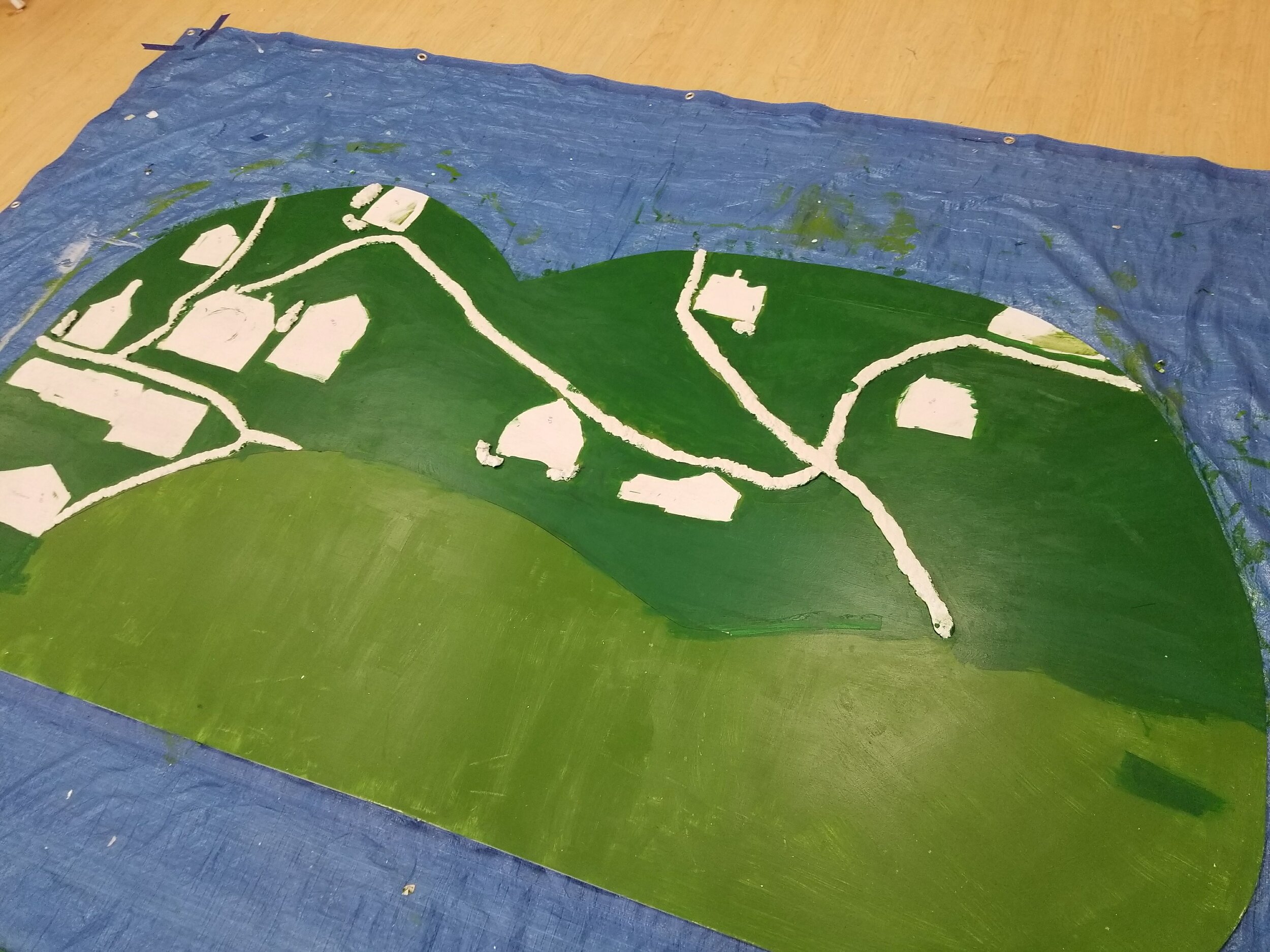
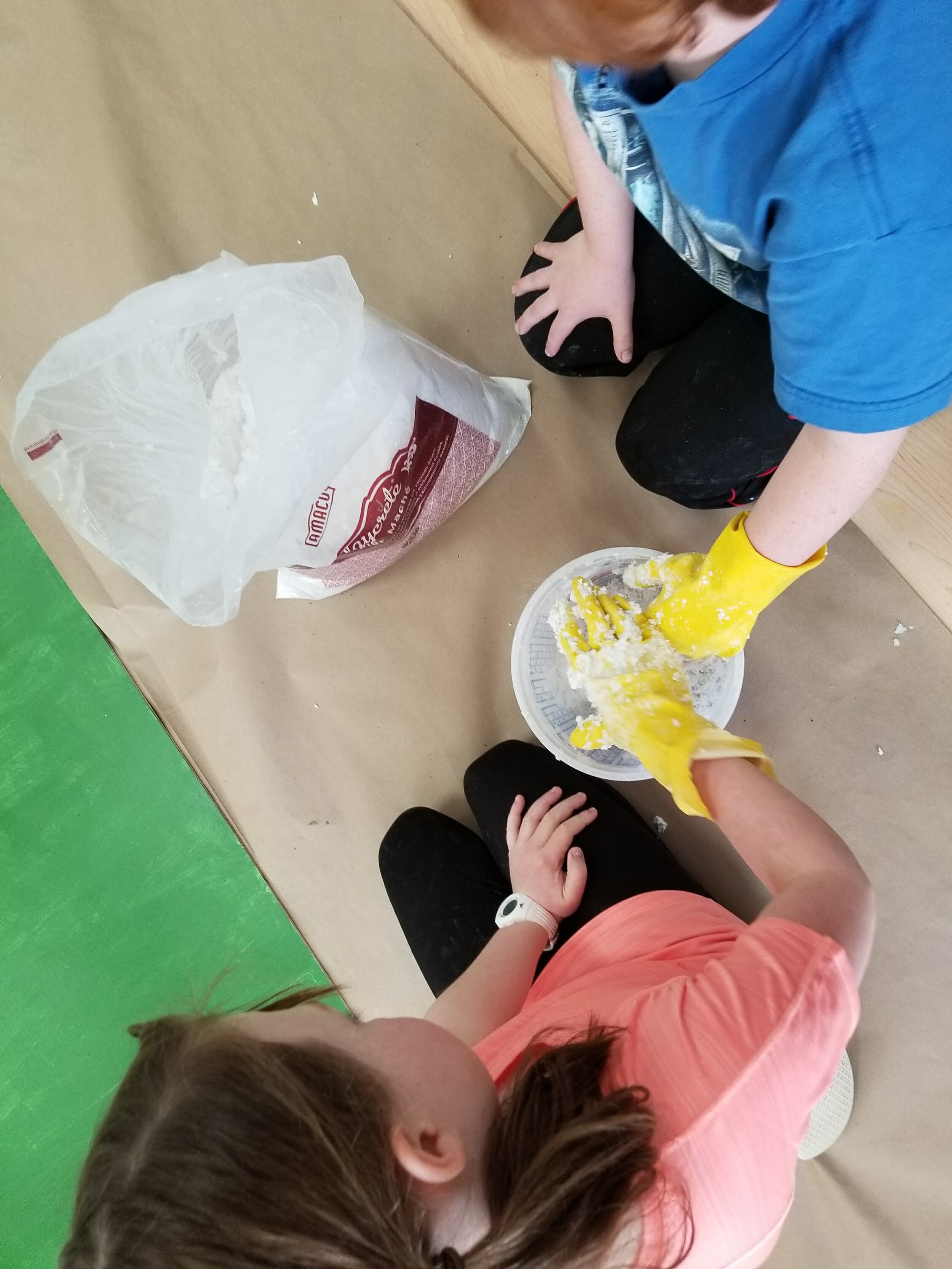
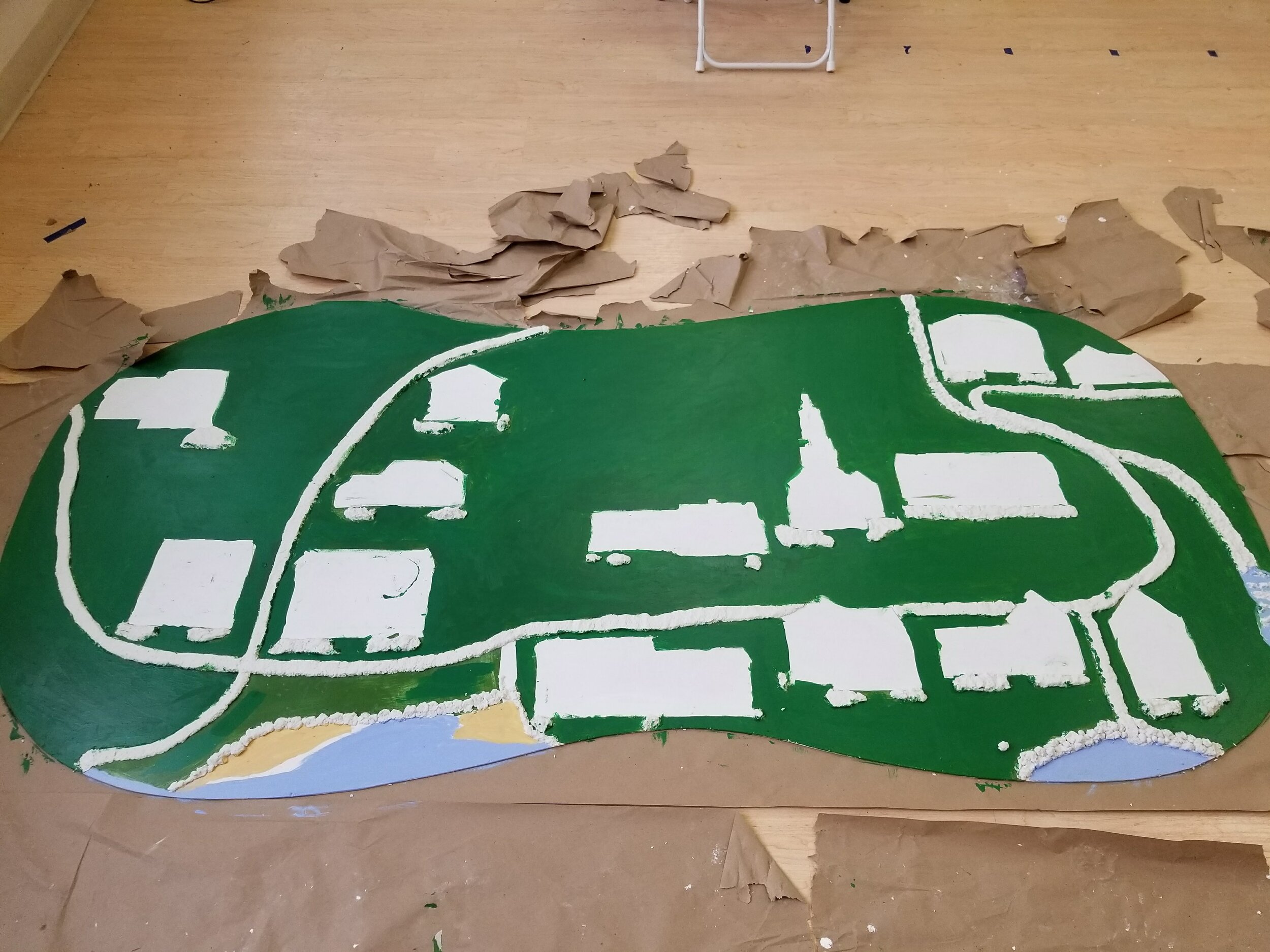
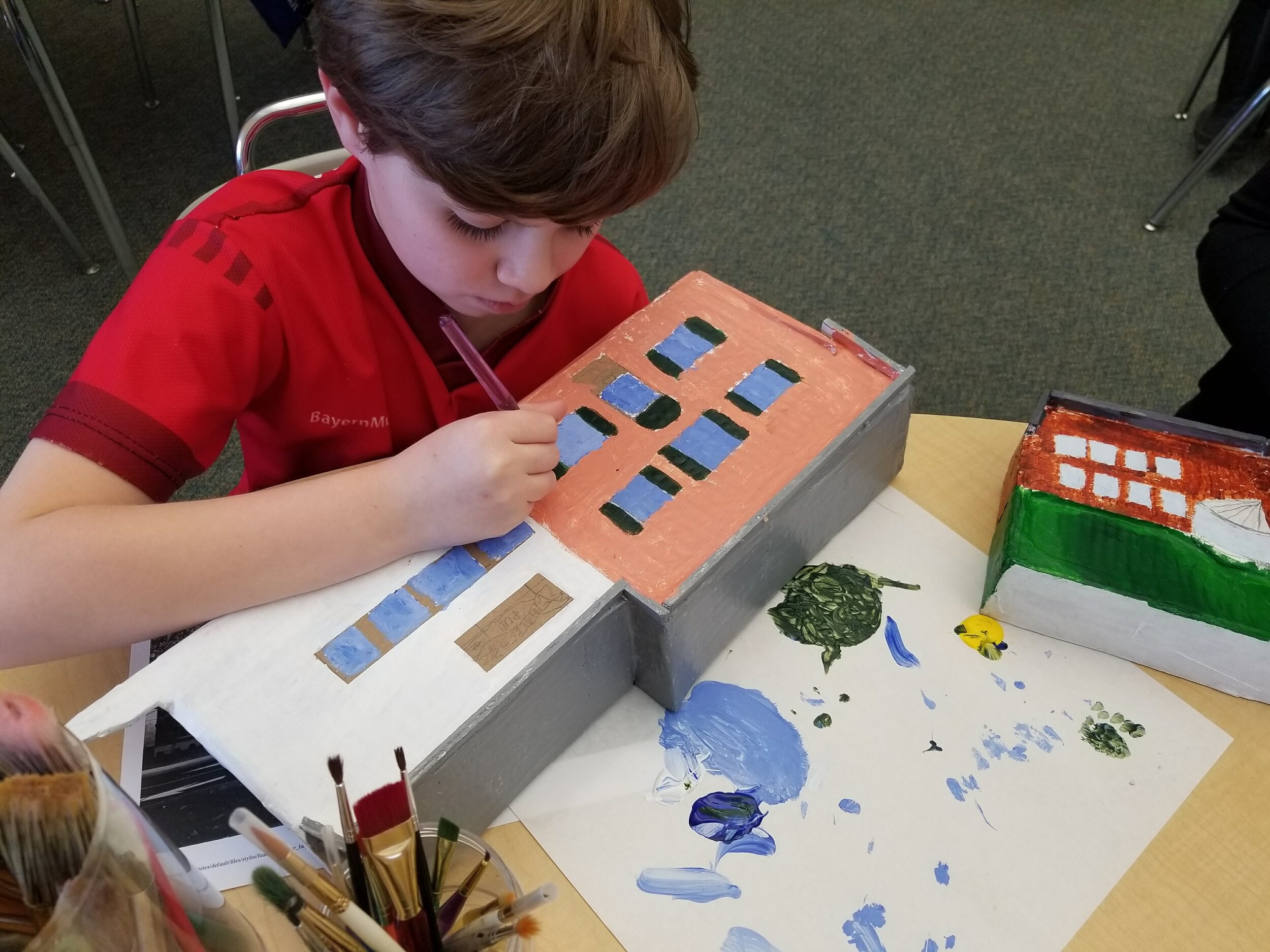
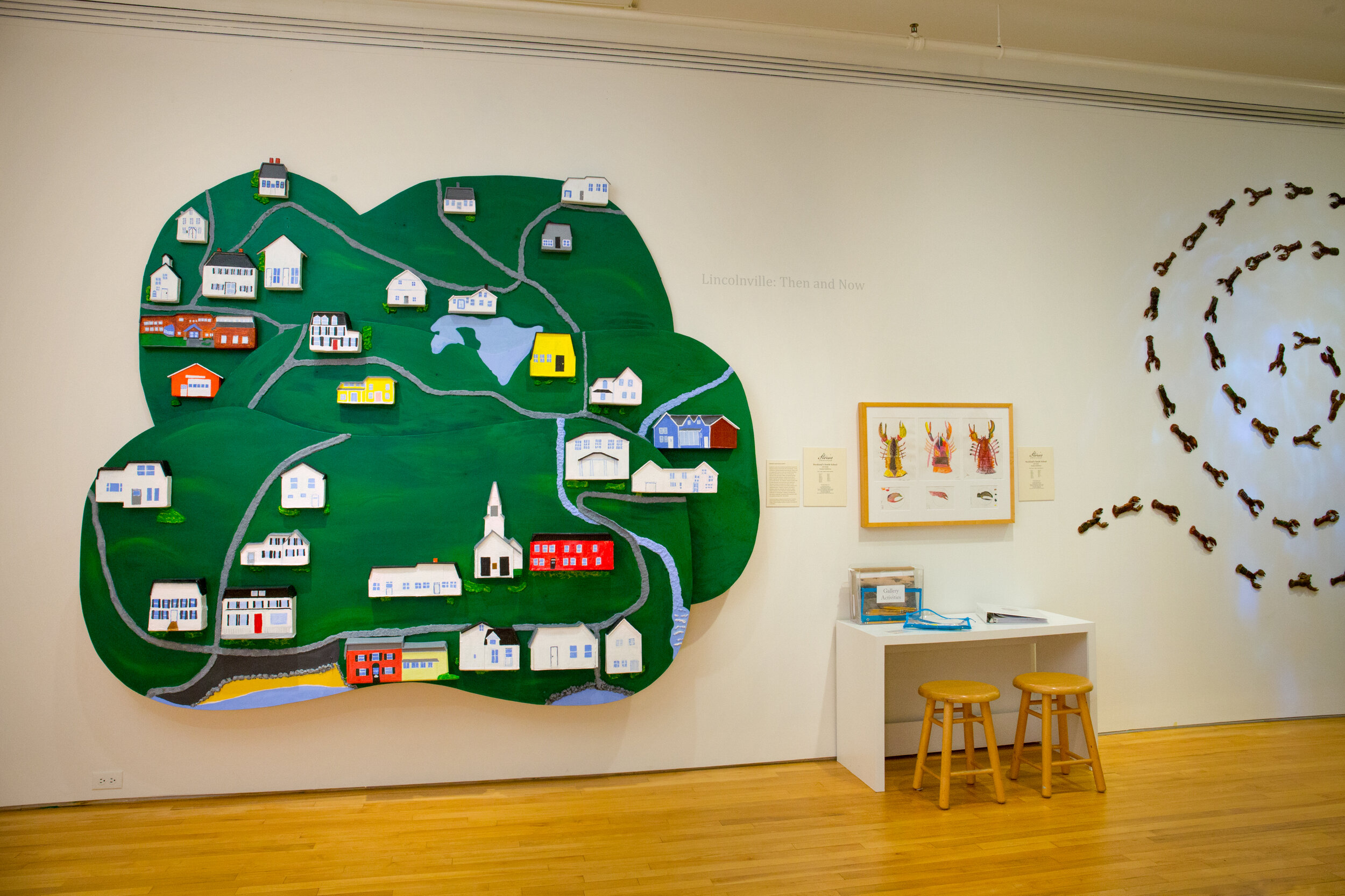
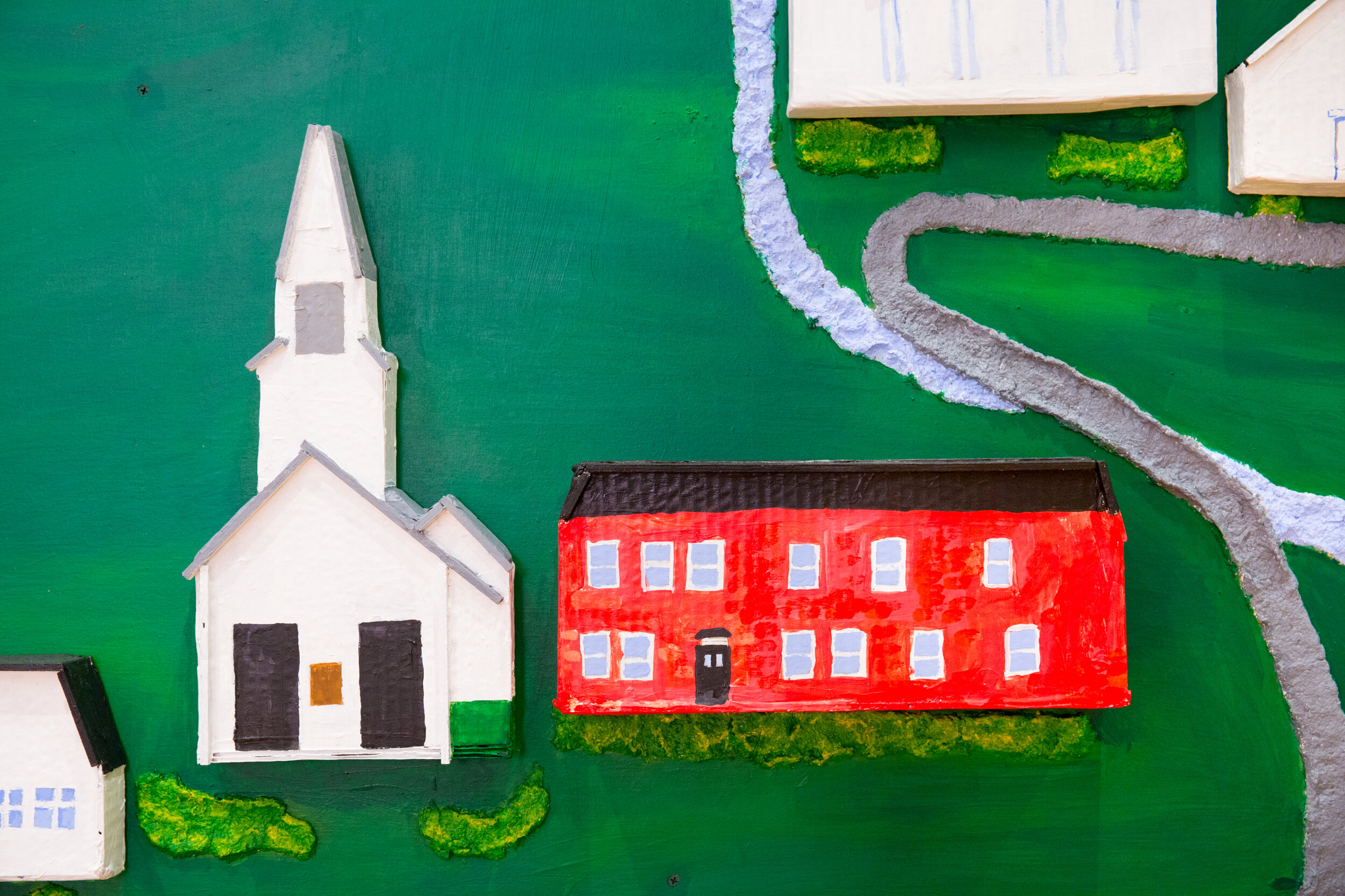
Activity:
Take a walking tour of your community. Photograph places of importance or that may be interesting to you. Research each location and see if you can find historic photos or works of art depicting that same location. Does the vantage point of your photograph match? Create a historic walking map of your town. Partner with your local historical society to learn more!
Stories students in Rockland Maine learned that Amelia Earhart once flew into an old airport that was located at the site of their school.
Farnsworth Collection:
Notice these works of art in the Farnsworth collection. How does the artist represent a sense of place? What vantage point or point of view is the viewer? How does composition, color, and technique impact how we feel about this place? What might be left unseen?
Activity: Notice
Notice a work of art. What story does it tell? What can we learn about the place or setting of the composition? What might it tell about the people who live there? How might one feel in that place? How does lighting, color, and shape impact our experience?
Follow along with museum educator Andrea Curtis as she notices this work of art by Marguerite Zorach. How does this work of art share a particular story of the land and its people? Notice who is included in this story, and who is excluded. Why might this be the case?
Stories of the Land and Its People
The Stories of the Land and Its People program encourages student participants to learn about people and places in their community. For more student project examples, visit our Student Exhibitions page.
Andrea L. Curtis, Education Program Manager
Farnsworth Art Museum
Coral Coombs, Classroom Educator
Farnsworth Stories Program
Ferolyn Curtis, Classroom Educator
Farnsworth Stories Program
Torrie Sprauge, Classroom Educator
Farnsworth Stories Program
Susan Beebe, Teaching Artist
Farnsworth Art Museum
Not pictured: Wendy Jacques, Classroom Educator, Farnsworth Stories Program
Contributors:
Jackie Cooper, Art Educator
Farnsworth Stories Program
Claire Horne, Arts in Education Project Assistant
Farnsworth Art Museum
Developed by Andrea L. Curtis, Farnsworth Art Museum, Arts in Education Program, 2021


















